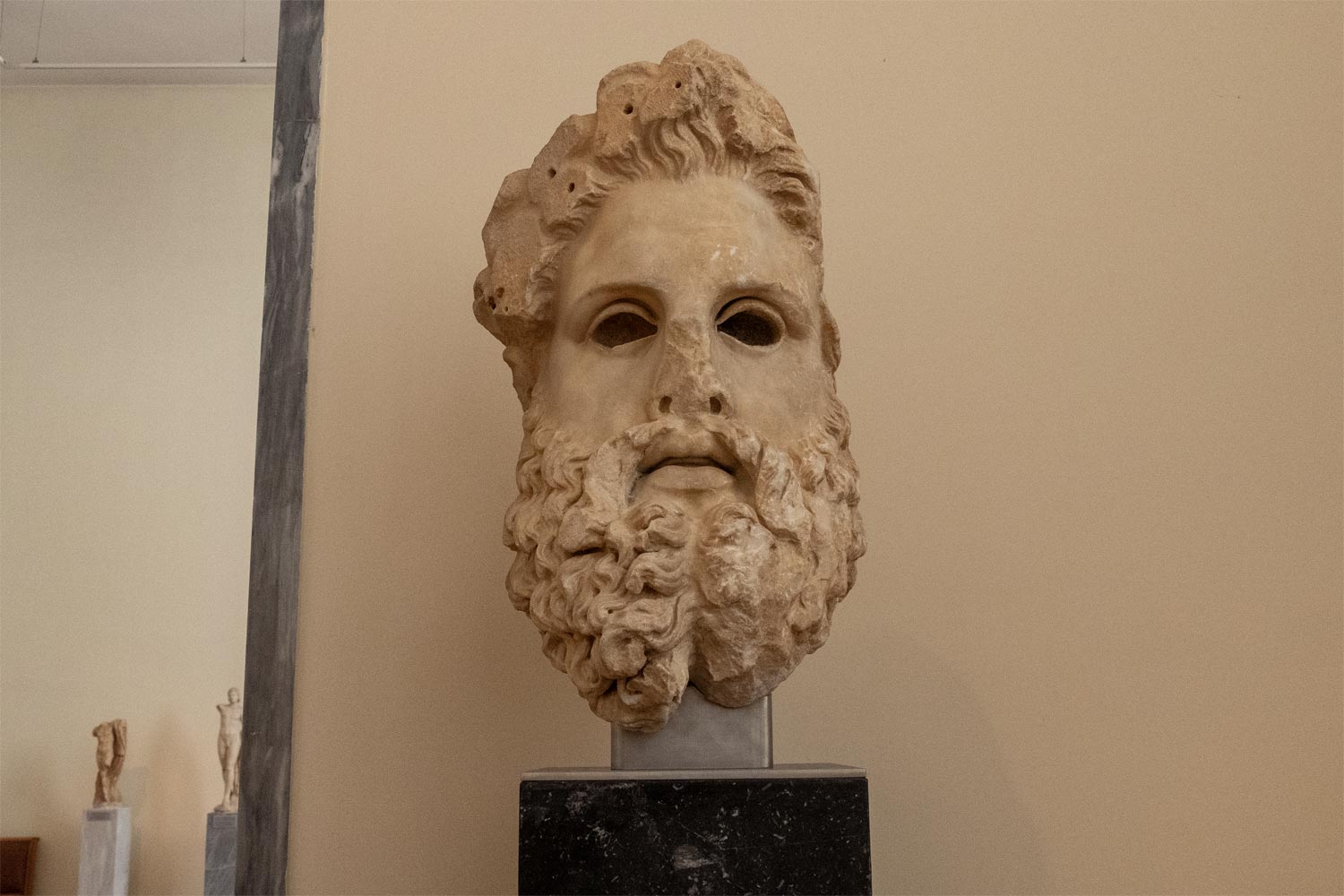Athens
Once upon a time an employee of the British Museum, one of the largest historical and archaeological museums in the world, was taking photographs of the statue of Iris — the ancient Greek messenger of the Olympic gods.
These were not just regular photographs, but a special shoot under red light. When the researcher looked at the images in the infrared camera, he was amazed: there was a white glow on Iris’ belt.

It turned out that a strange paint was applied to the belt, which emits infrared glow under the influence of red light of a specific frequency. Scientists took samples of this paint and found out that it was Egyptian blue — a special blue pigment and one of the first paints in history, invented in Ancient Egypt.
The museum employee’s name was Giovanni Verri, and at that moment, he made a discovery in archaeology. The traces of paint found proved that the Parthenon temple and the statues inside were originally colored.

This is not the only secret of the Parthenon. Look how smooth it is in the photograph:
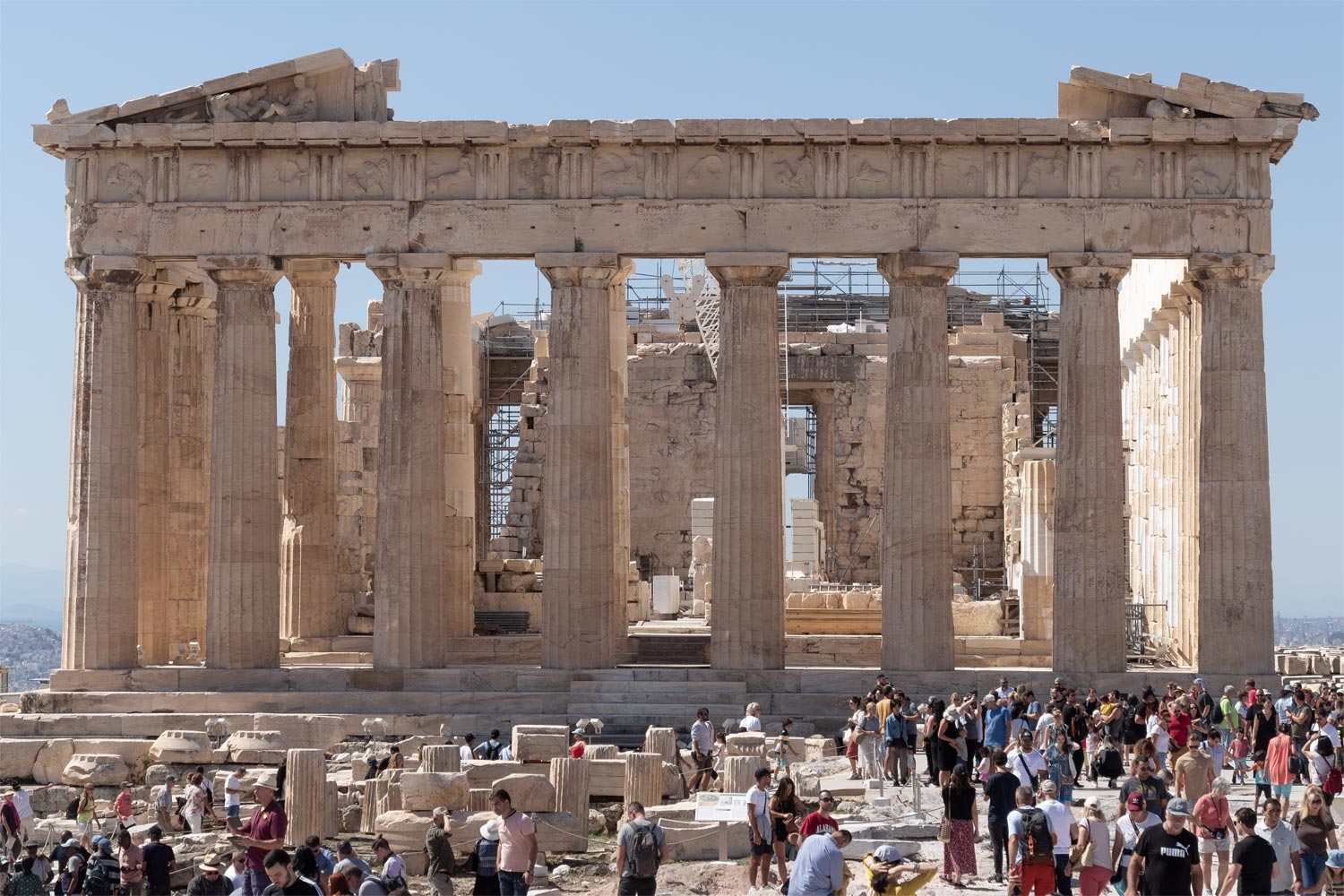
The shape of the Parthenon appears to be perfect. The thing is, the ancient Greeks used optical compensation in its construction. Over centuries of architectural development, they noticed that tall, straight columns are visually distorted, appearing convex at the top.

To compensate for this visual distortion, the ancient Greeks ingeniously inclined the columns slightly towards the center, made the spacing between them uneven, and curved the base of the temple inward. Thanks to these clever techniques, the Parthenon appears perfectly smooth. Without optical compensation, its upper structure would bend outward on the sides.

I was looking for an example where the architect did not consider optical compensation. It seems that the Big Theater fits the description. I feel that its outer columns are slightly swollen, and the entire structure appears flattened. Perhaps it’s just my imagination, but the spacing between the columns of the Big Theater is clearly uniform, unlike the Parthenon.

The Parthenon was built in –438 and originally served as a temple dedicated to the goddess Athena. Almost a thousand years later, when Athens had long been part of the Roman Empire, Emperor Theodosius decided to make Rome a Christian city. To achieve this, he destroyed or closed down all pagan temples. The contents of the Parthenon were transported to Constantinople, where it was later converted into an Orthodox church.
Christians destroyed a large portion of the ancient sculptures in the Parthenon. The reliefs depicting the birth of the goddess Athena were removed from the facade, and the images above the columns were erased.
A thousand years later, Athens became part of the Ottoman Empire. The Turks were Muslims, so they transformed the Orthodox Parthenon into a mosque. The neighboring bell tower became a minaret, and all Christian symbolism was either removed or whitewashed with white paint.
Despite the change in religions, the Parthenon remained preserved. Its darkest day came in 1687 when the Republic of Venice attempted to recapture Athens from the Ottomans. The Turks believed that Christians would not bomb the temple, so they stored ammunition inside the Parthenon and took shelter women and children there. They miscalculated: the Venetians unleashed approximately 700 shells upon the Parthenon, causing the gunpowder warehouse to explode, killing 300 people. Only two walls of the magnificent Parthenon remained, and the center of the temple was completely destroyed.
All of this turned out to be in vain. Venice held Athens for only a few months before retreating. The Parthenon fell back under Turkish control. The temple was so heavily damaged that it could no longer be used in its entirety. Therefore, the Turks left the surviving walls intact and erected a small mosque in the place of the shattered center. A photograph from 1839 has survived, showing its dome.

The restoration of the Parthenon began actively in the 20th century. Currently, the lateral walls are completed, while one of the facades is covered with scaffolding.
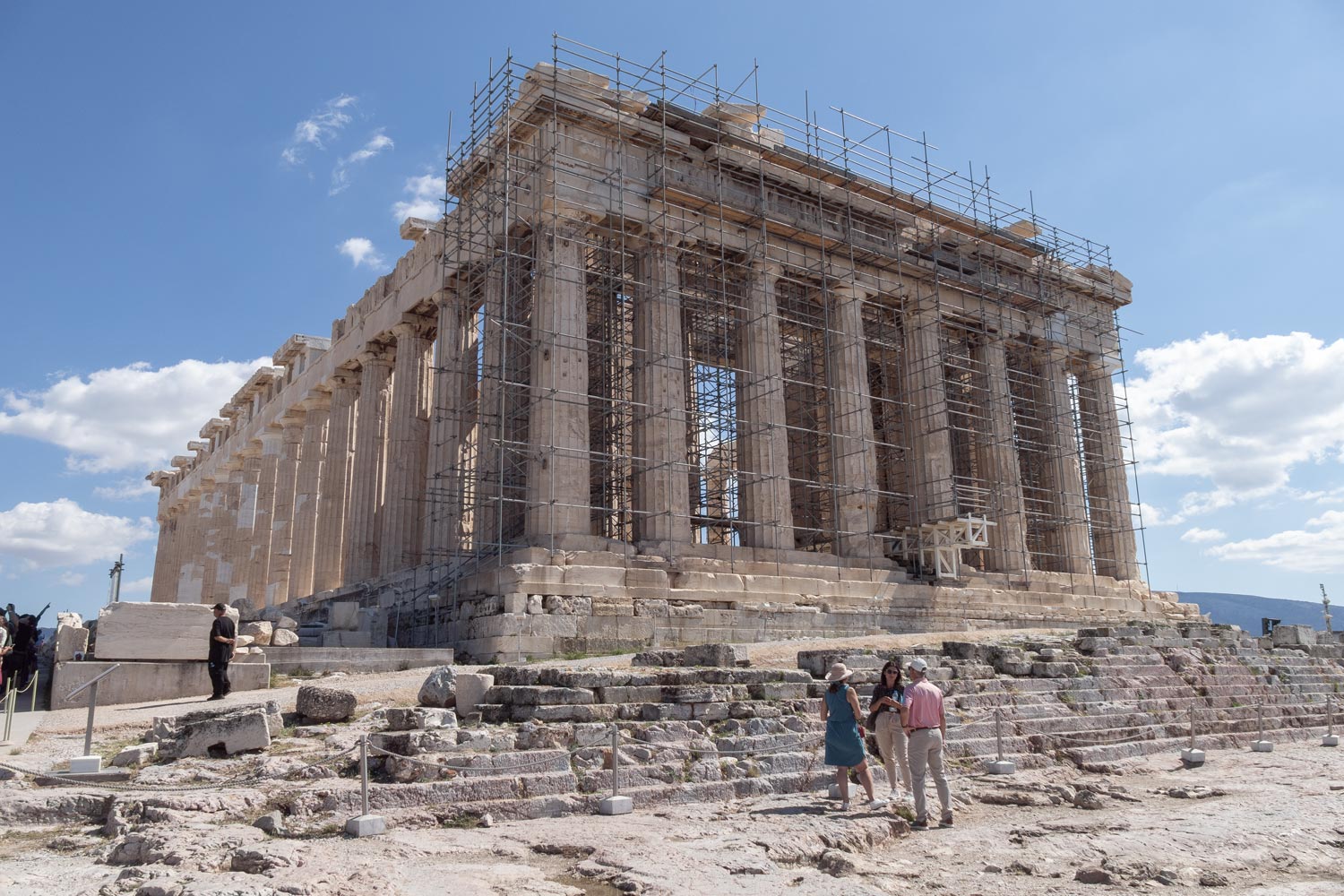
Several other temples have been preserved near the Parthenon; it used to be a whole temple complex.
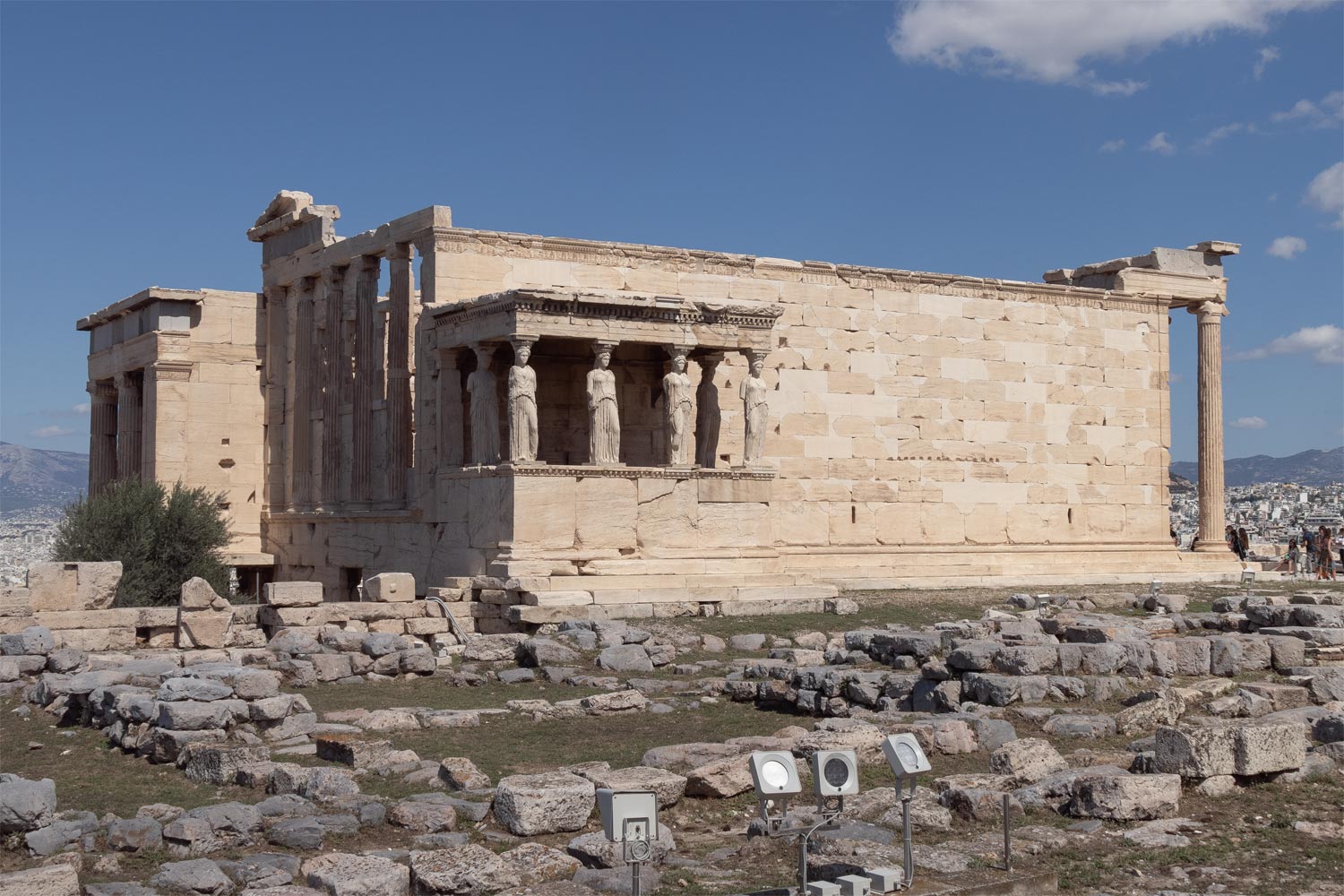
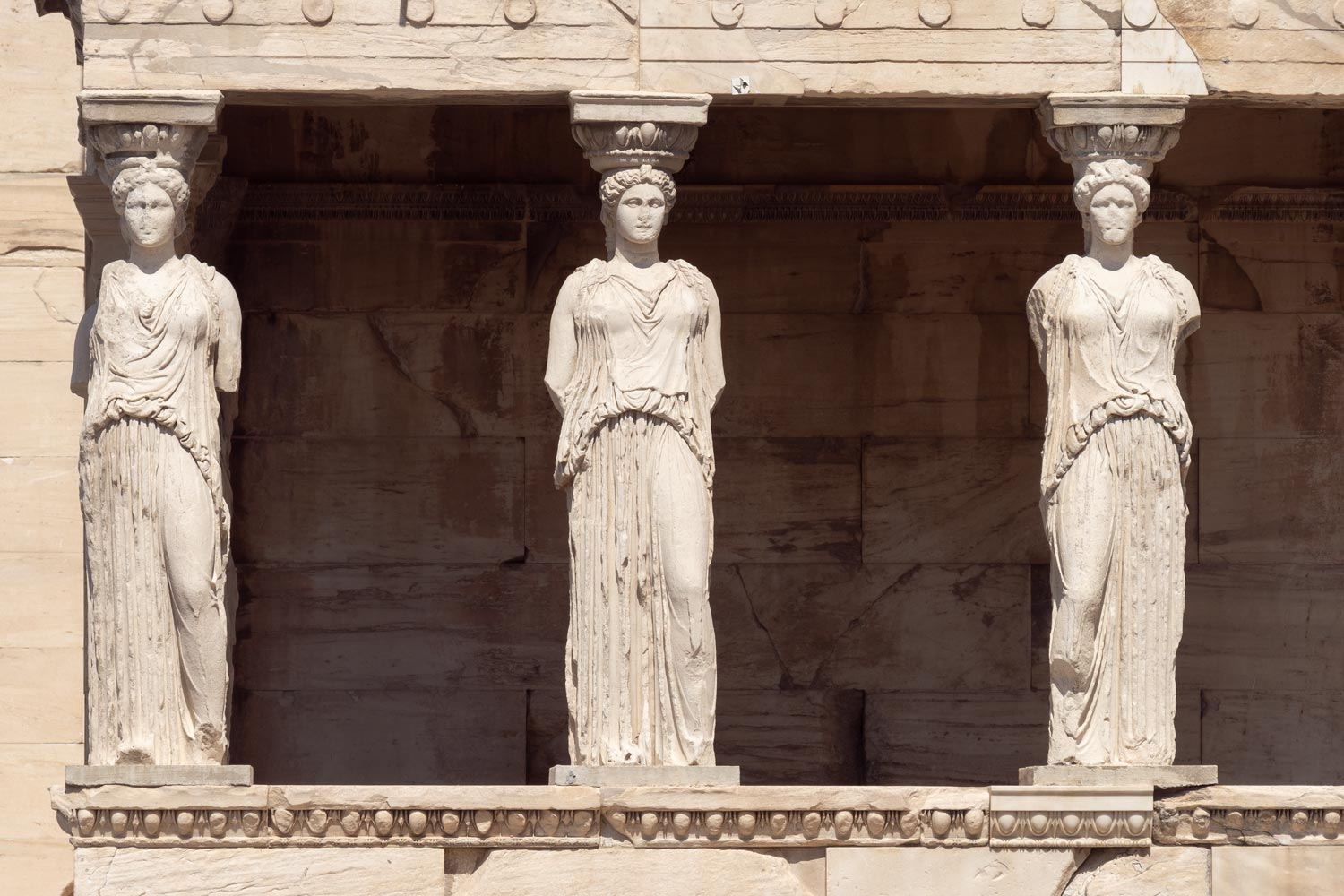
There are spare parts scattered around.
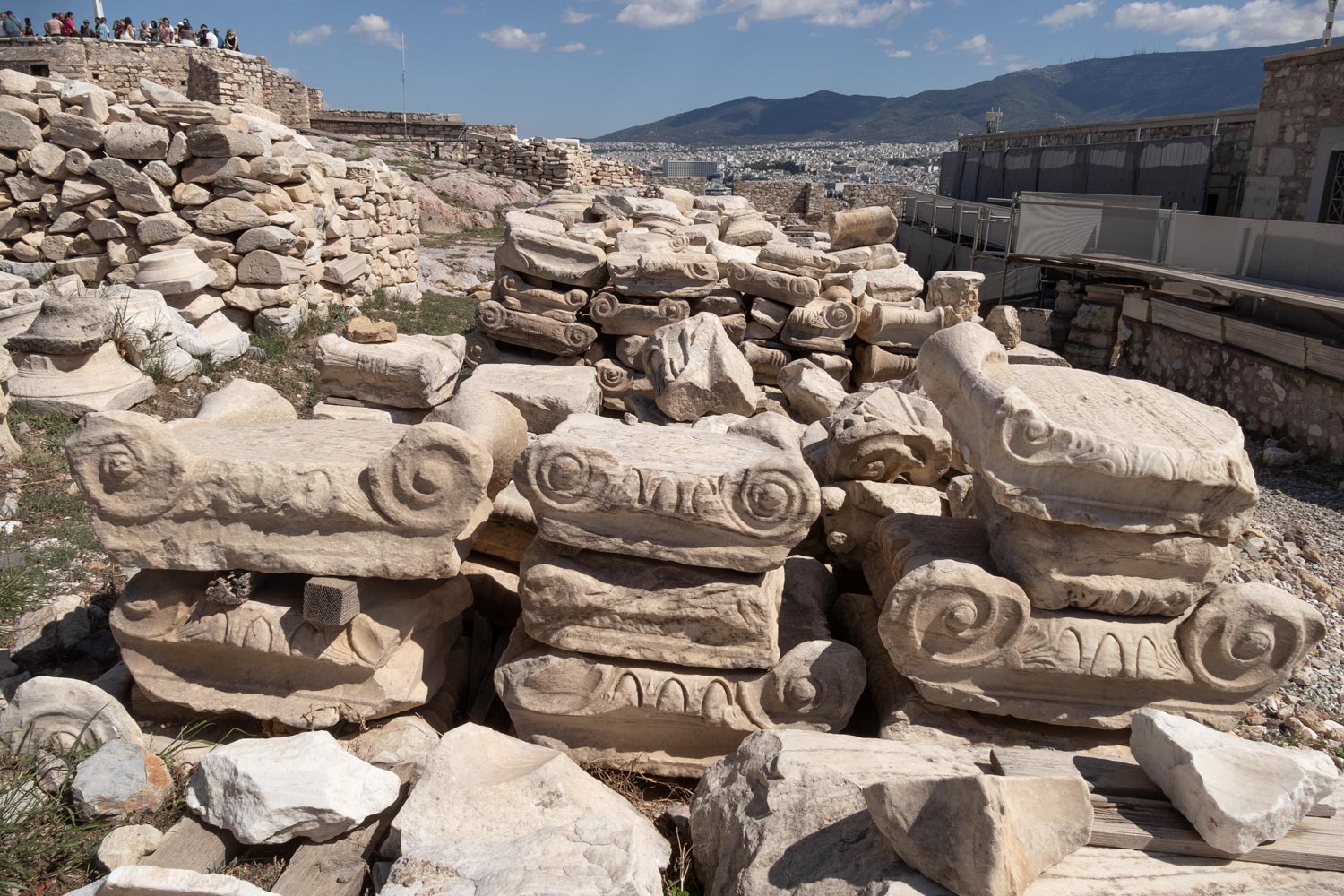
The Parthenon is located on a high hill in the center of Athens, which is called the “Acropolis”. This is not the name of the hill but a Greek word meaning “upper city”. Therefore, any elevated urban fortress in Greek cities was called acropolis.
The Acropolis can be seen from almost anywhere in Athens. The piece of the temple hill occasionally peeks out between buildings.
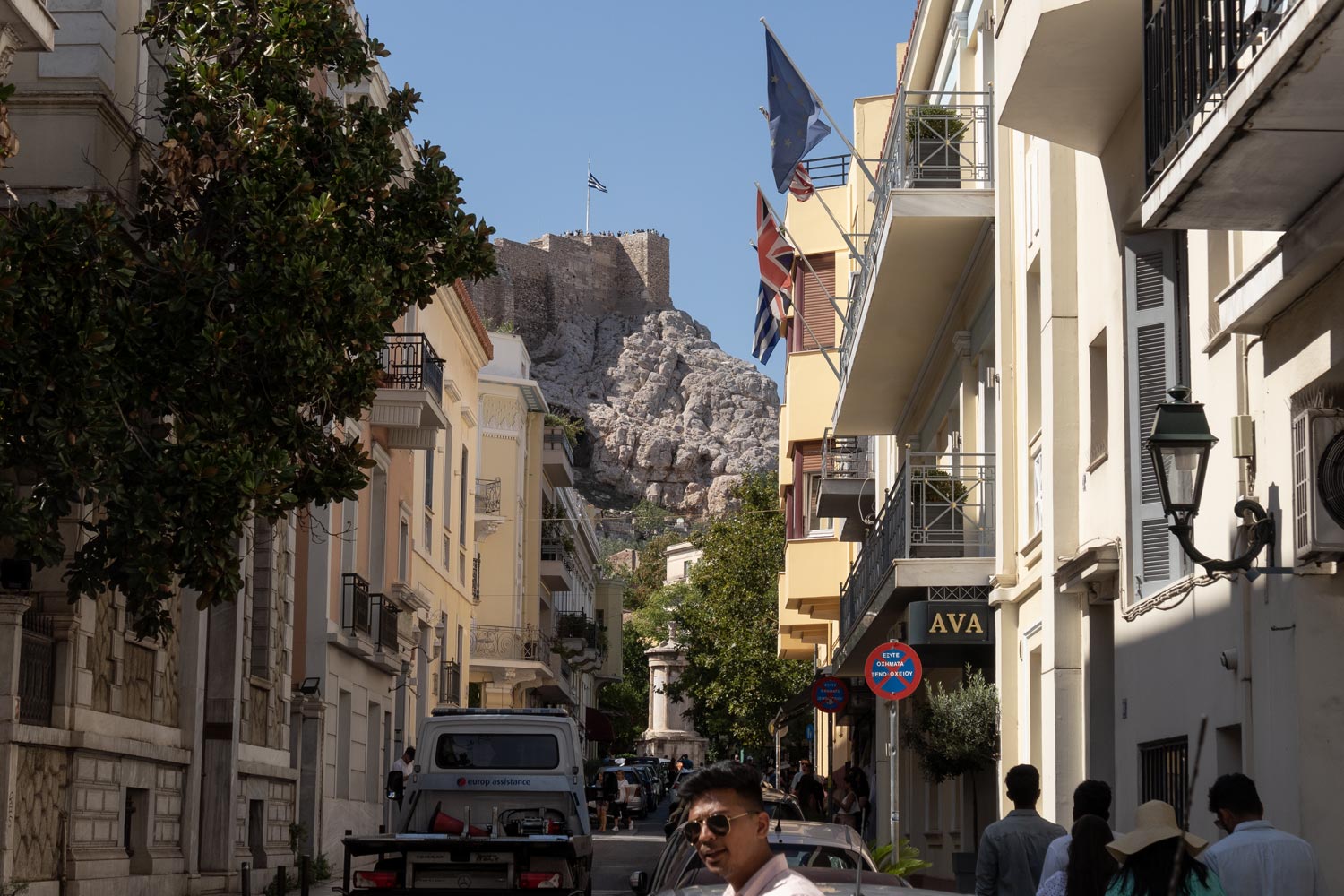
From the side, it can be seen that it is indeed a fortress, not just a temple on a hill.
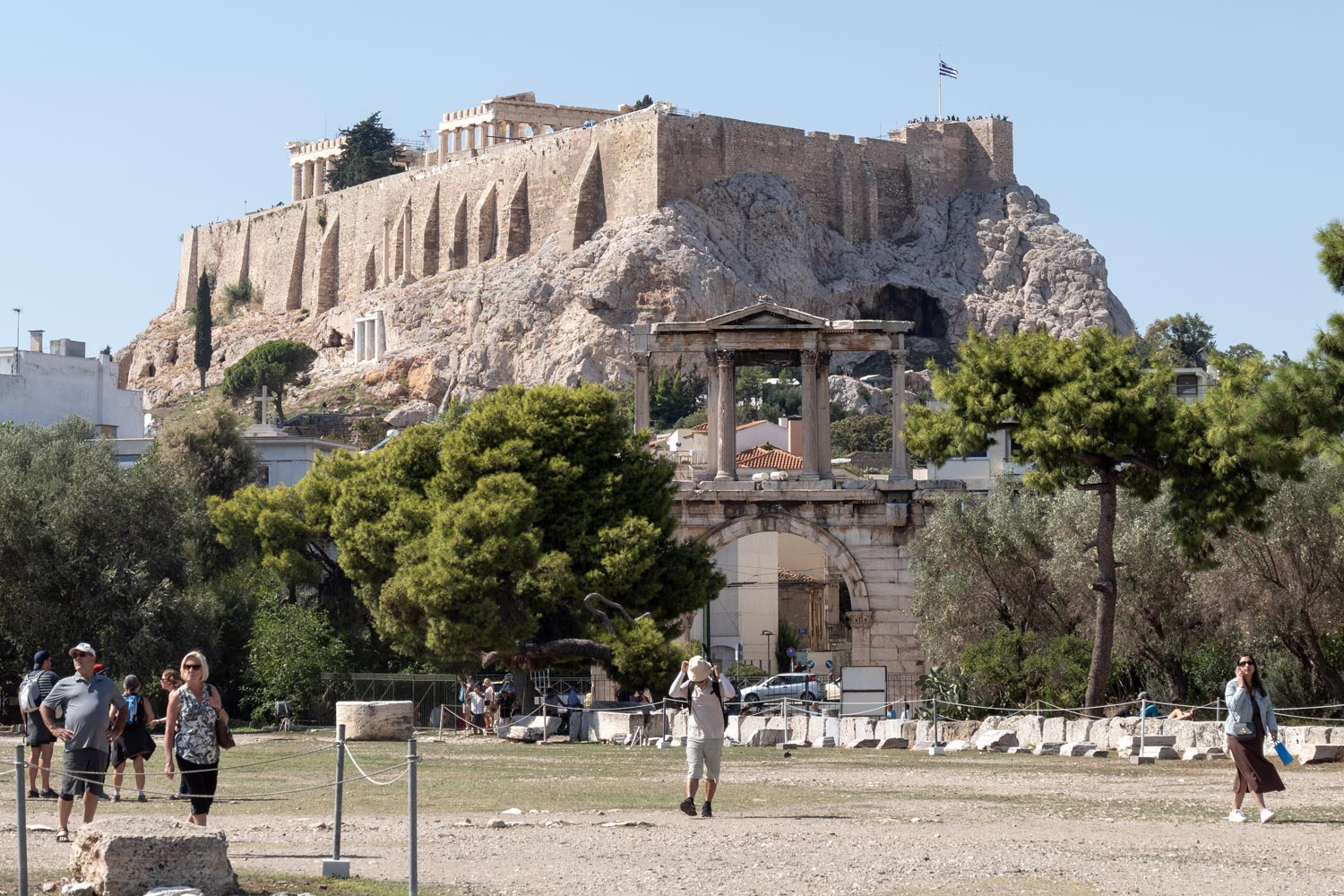
A popular myth claims that the government of Athens was located on the Acropolis. In reality, the Acropolis was a religious center, while the government was situated directly below it, on a large square surrounding the hill.
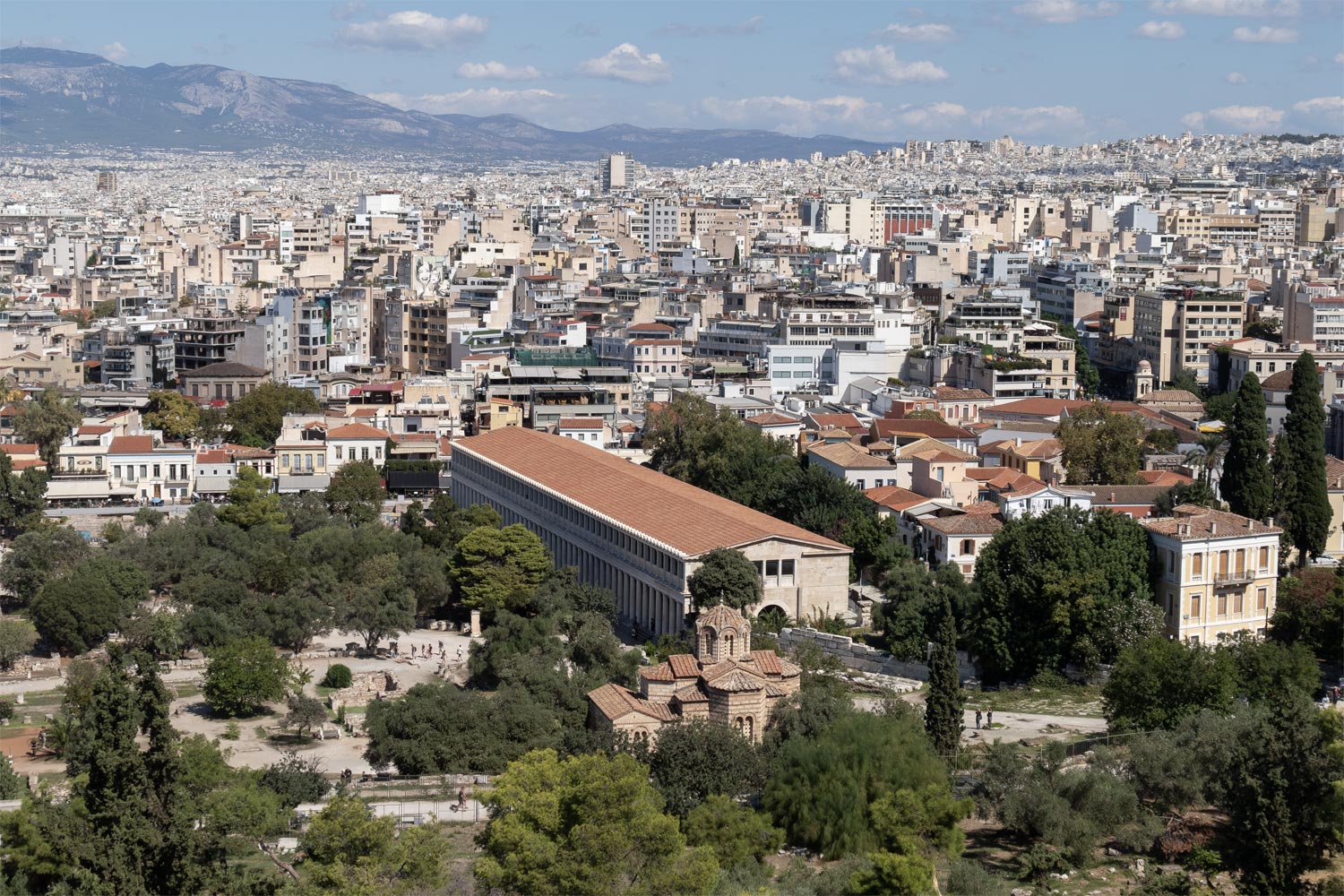
This square was called the “agora.” The reader is likely familiar with this word by the name of a mental disorder: agoraphobia, which is the fear of large crowds. Therefore, the word “agora” meant “assembly.” It referred to the main square in a Greek city where public assemblies took place.
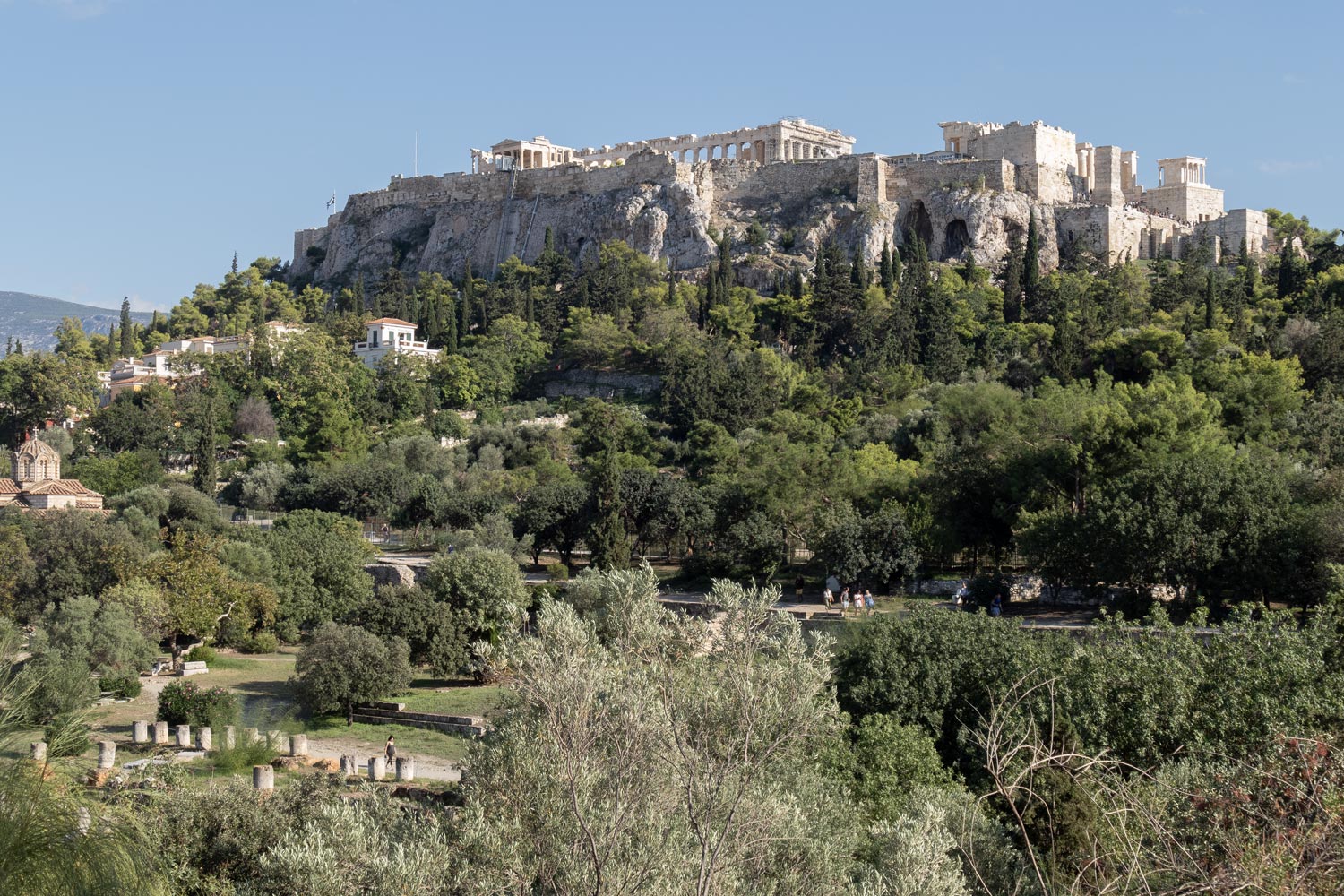
It was precisely here that the famous Greek democracy flourished. The popular assembly took place dozens of times a year. All important matters were decided through voting by male citizens of Athens who were over 18 years old.
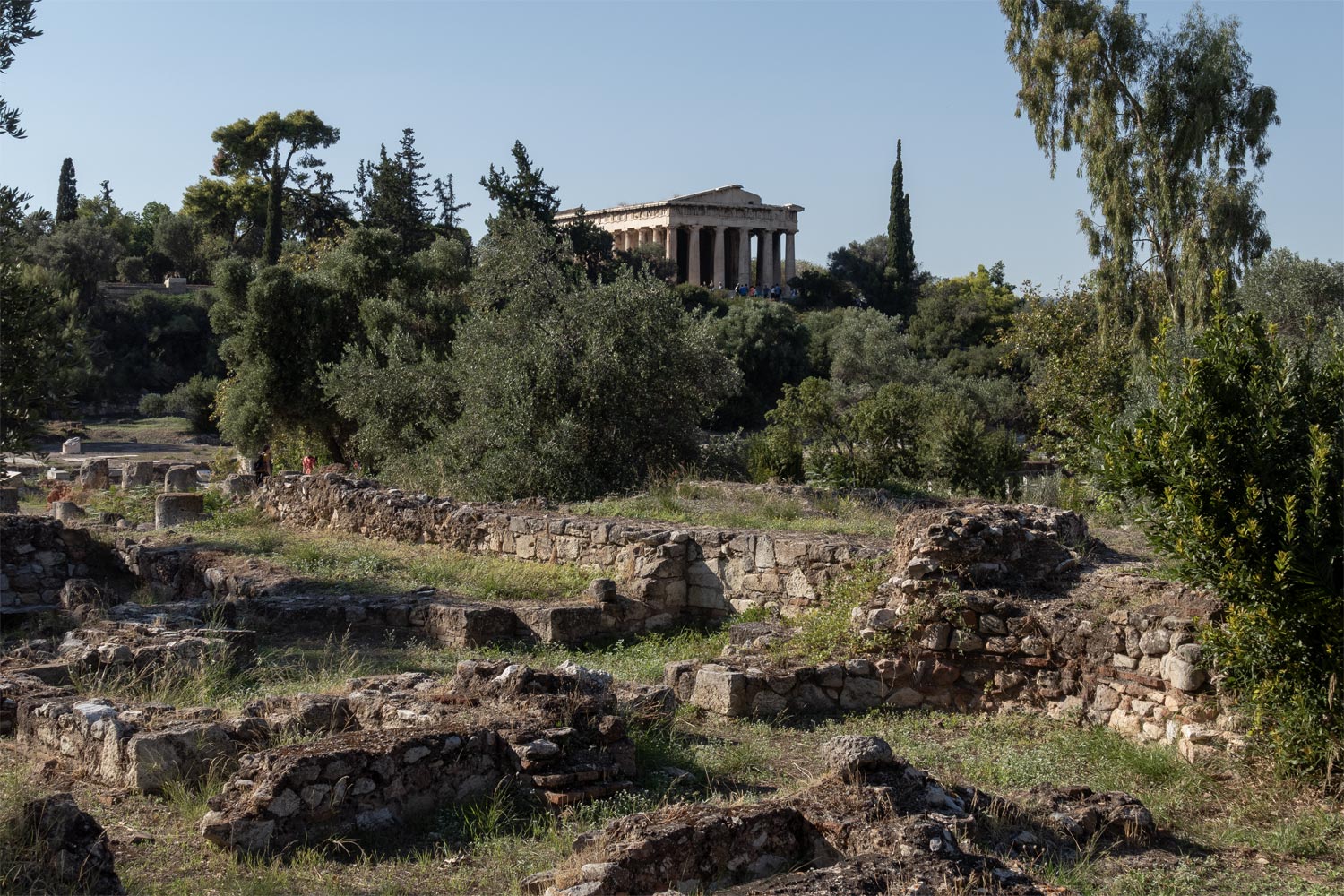
In Athens, there was also a prototype of a parliament called the “Council of Five Hundred.” The members of the council were chosen by lot from among men over 30 years old, and it was responsible for preparing questions for voting, managing the city’s finances, and other routine matters.
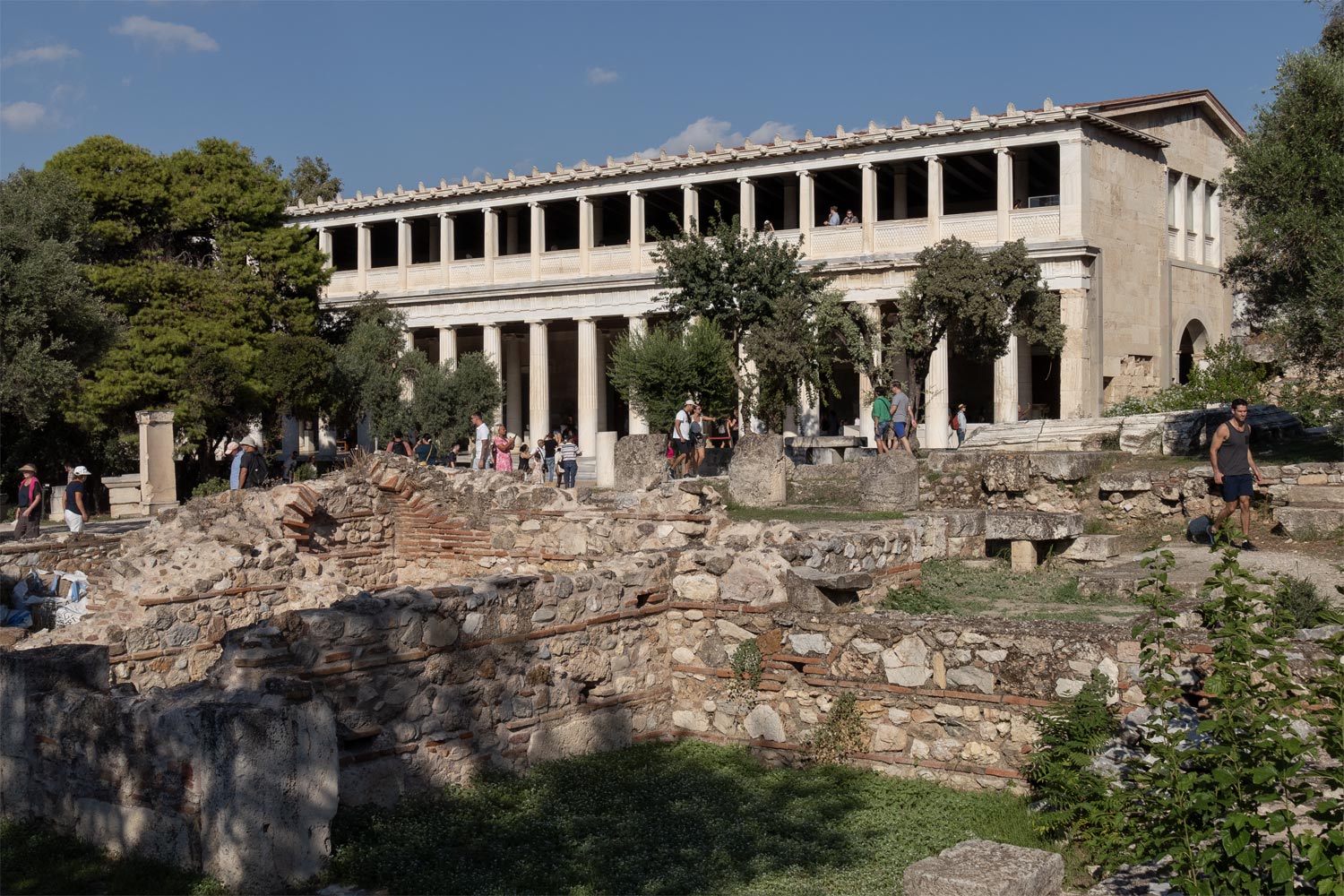
In Athens, citizens who did not participate in voting were called “idiots.” The Greek word “idiot” means “a person separate from society.”
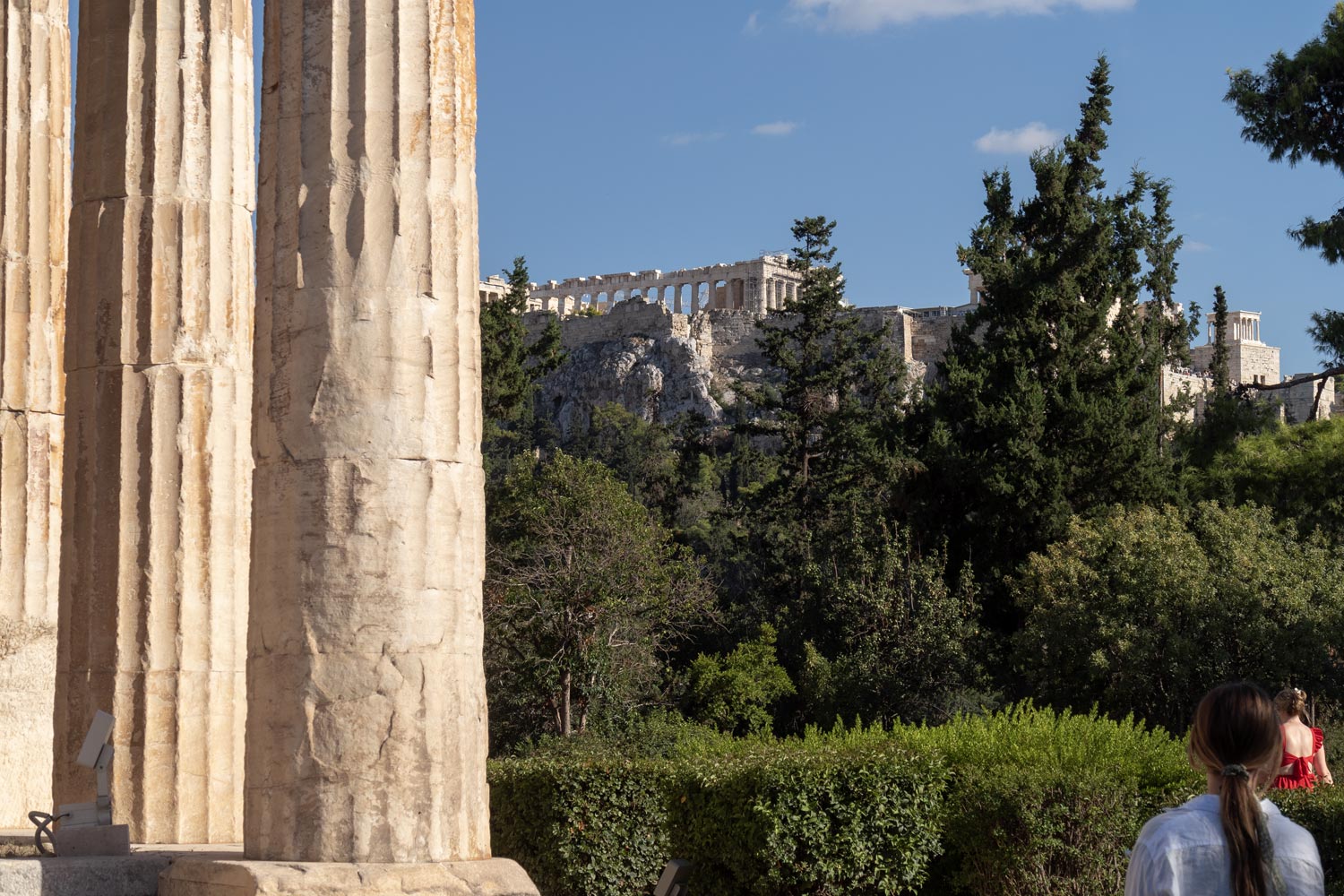
Please note that I am saying “in Athens,” not “in Greece.” The country “Ancient Greece” never existed. Historians invented this name for convenience.
In reality, the Greek peninsula was composed of individual city-states, or poleis: Athens, Sparta, Thebes, Syracuse — totaling over a thousand! The poleis were independent from one another, each with its own laws, army, and currency. All of this combined is what is referred to as Greek democracy.
⁂
Apart from the Acropolis and the agora, there is not much to see in Athens. The city, to put it mildly, does not measure up to its competitor Rome in terms of interesting places.
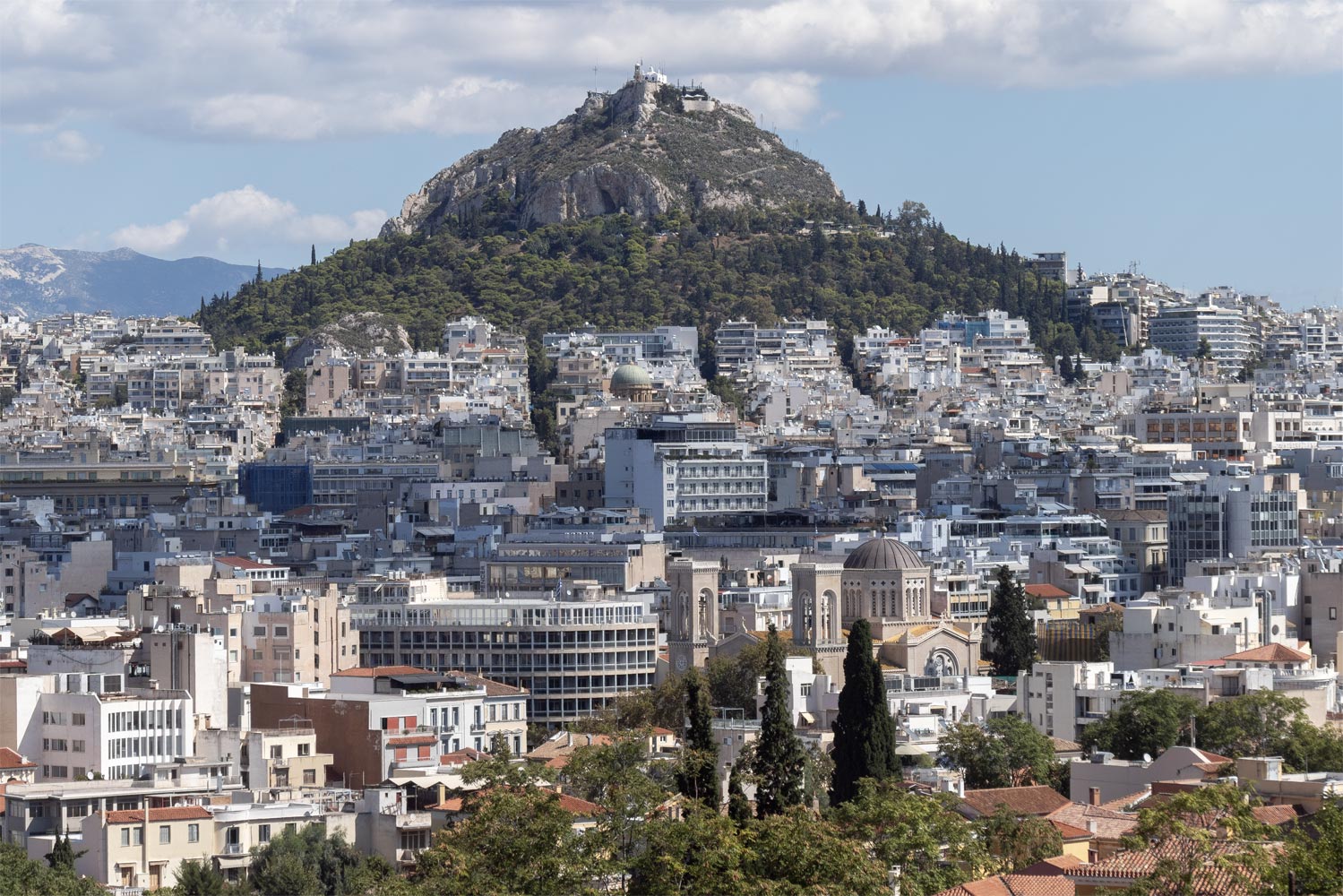
Opposite the Acropolis, there is another hill with an amphitheater and a church. They may not be of particular interest, but from here, there is an excellent view — once again, of the Acropolis.
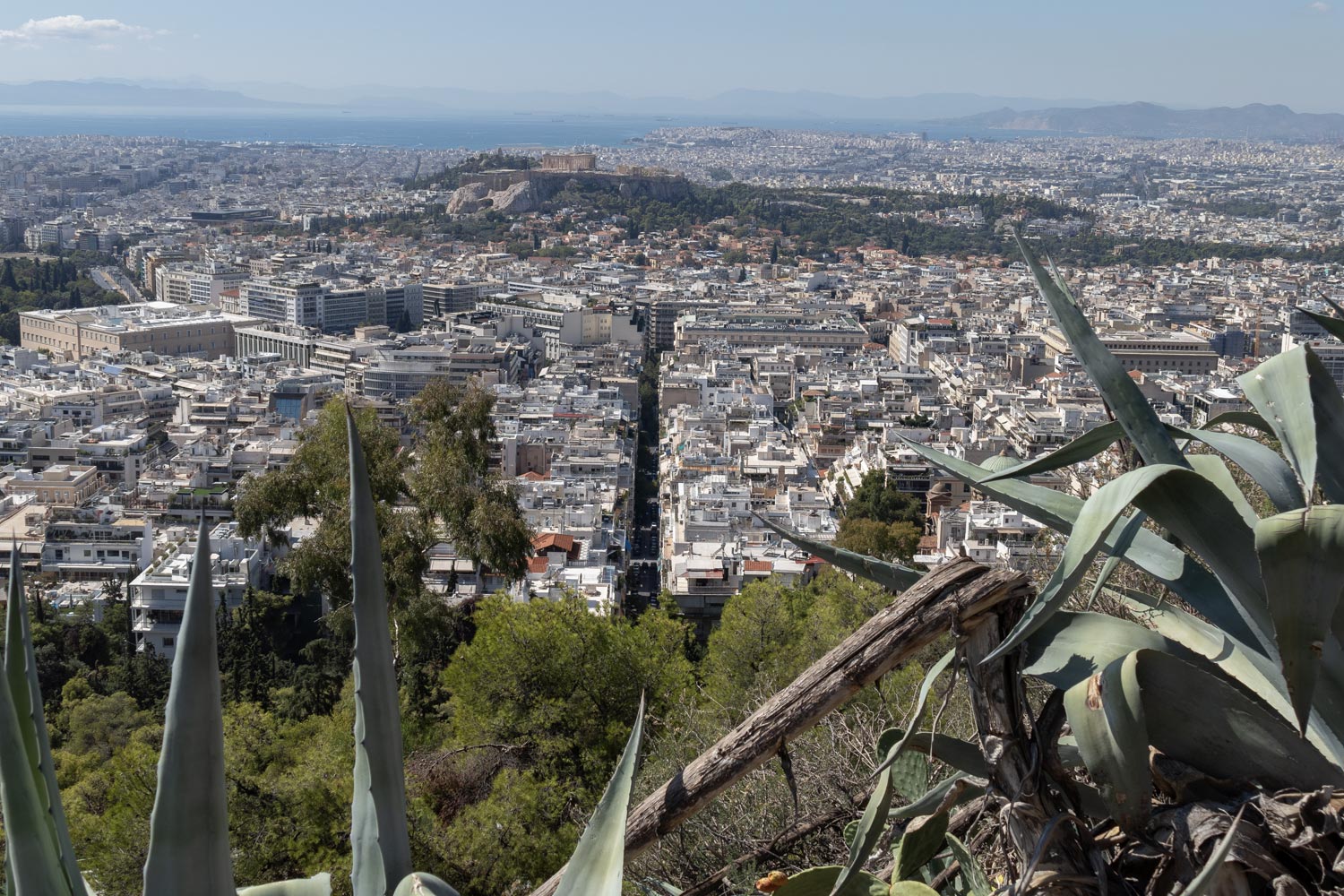
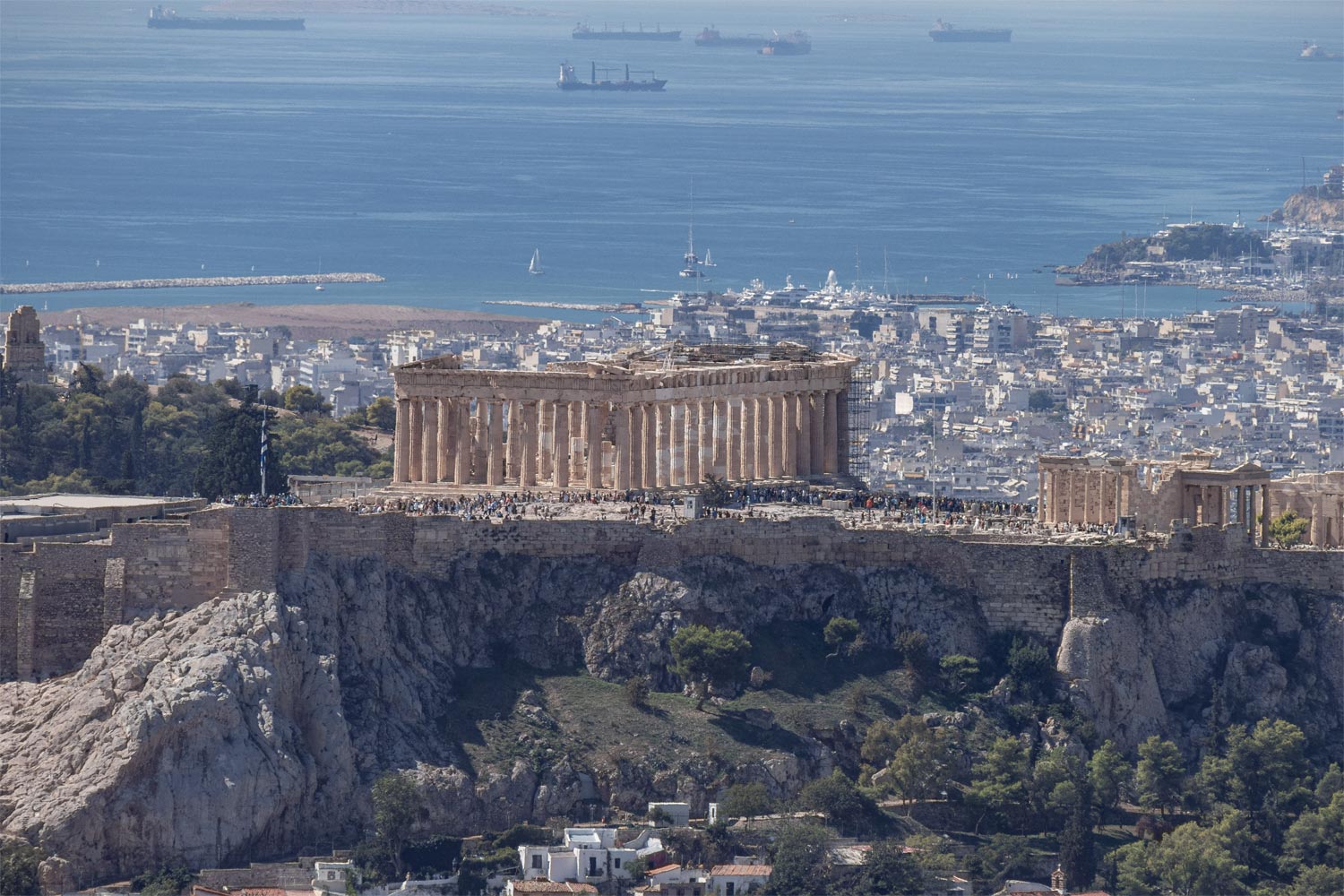
From above, it can be seen that there is little trace of classical architecture in Athens. The red tiled roofs are only found around the Acropolis, while the rest of the city is built with heaven knows what.
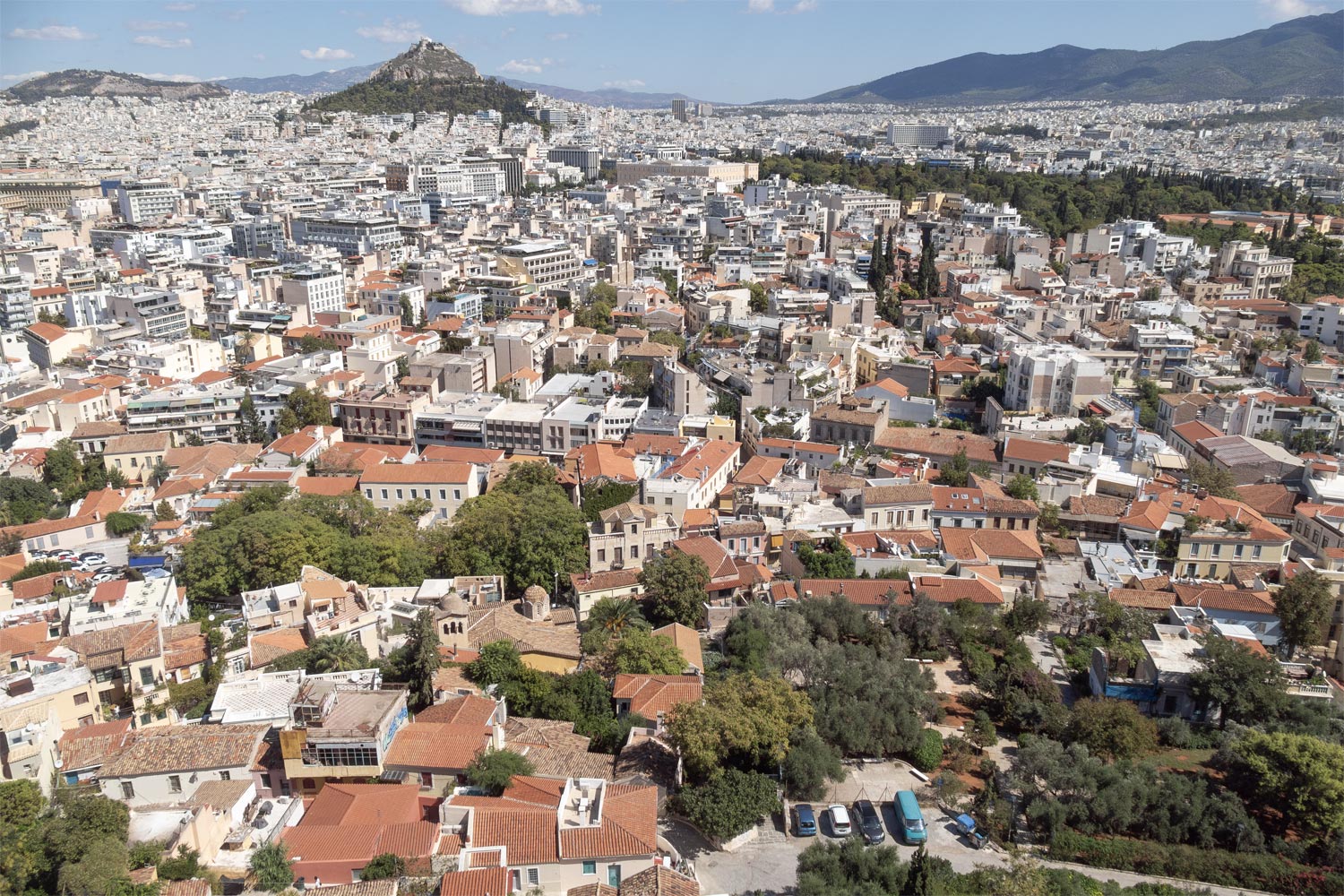
Overall, Athens is a quite pleasant city. There is plenty of trees.
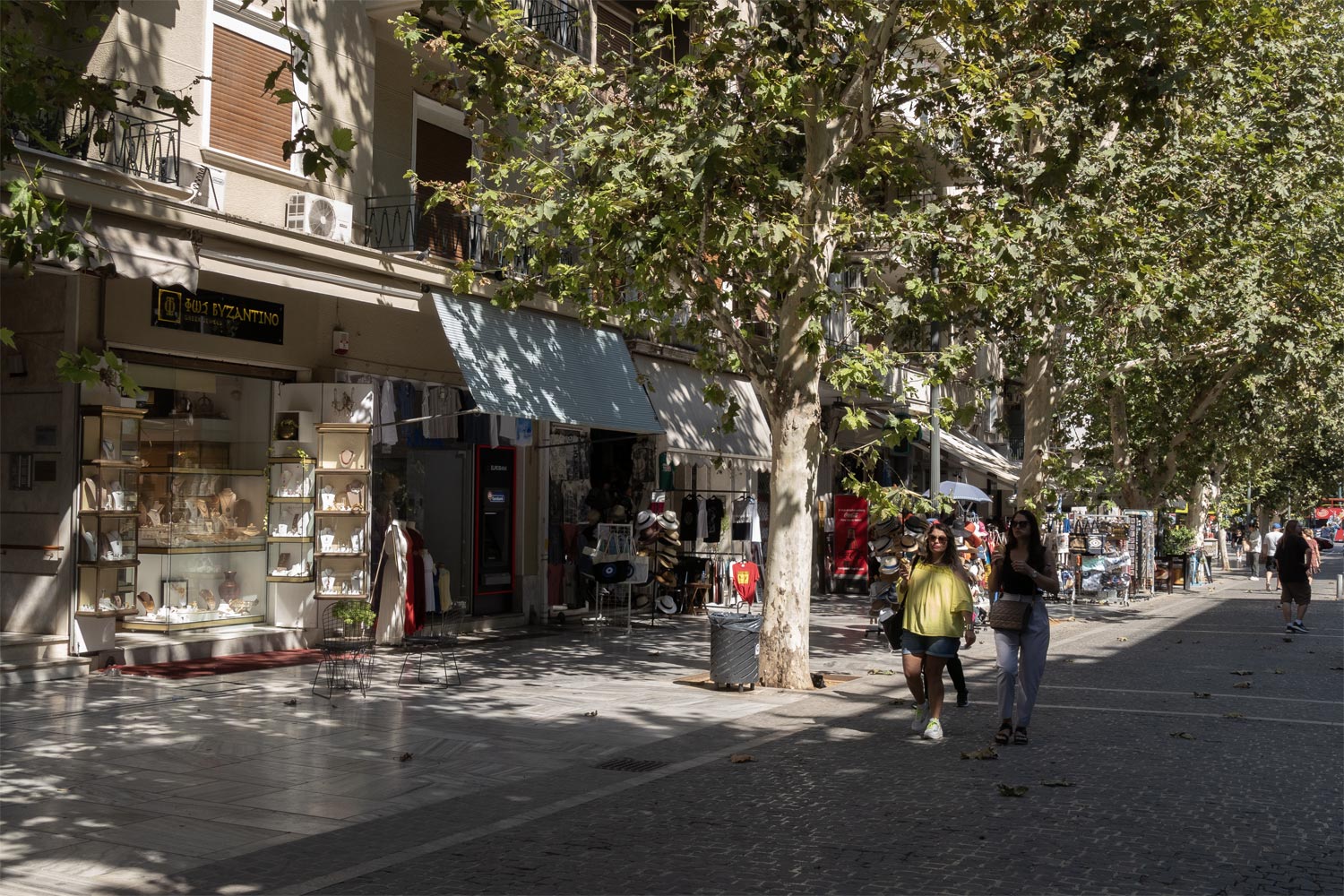
There are many pedestrian streets.
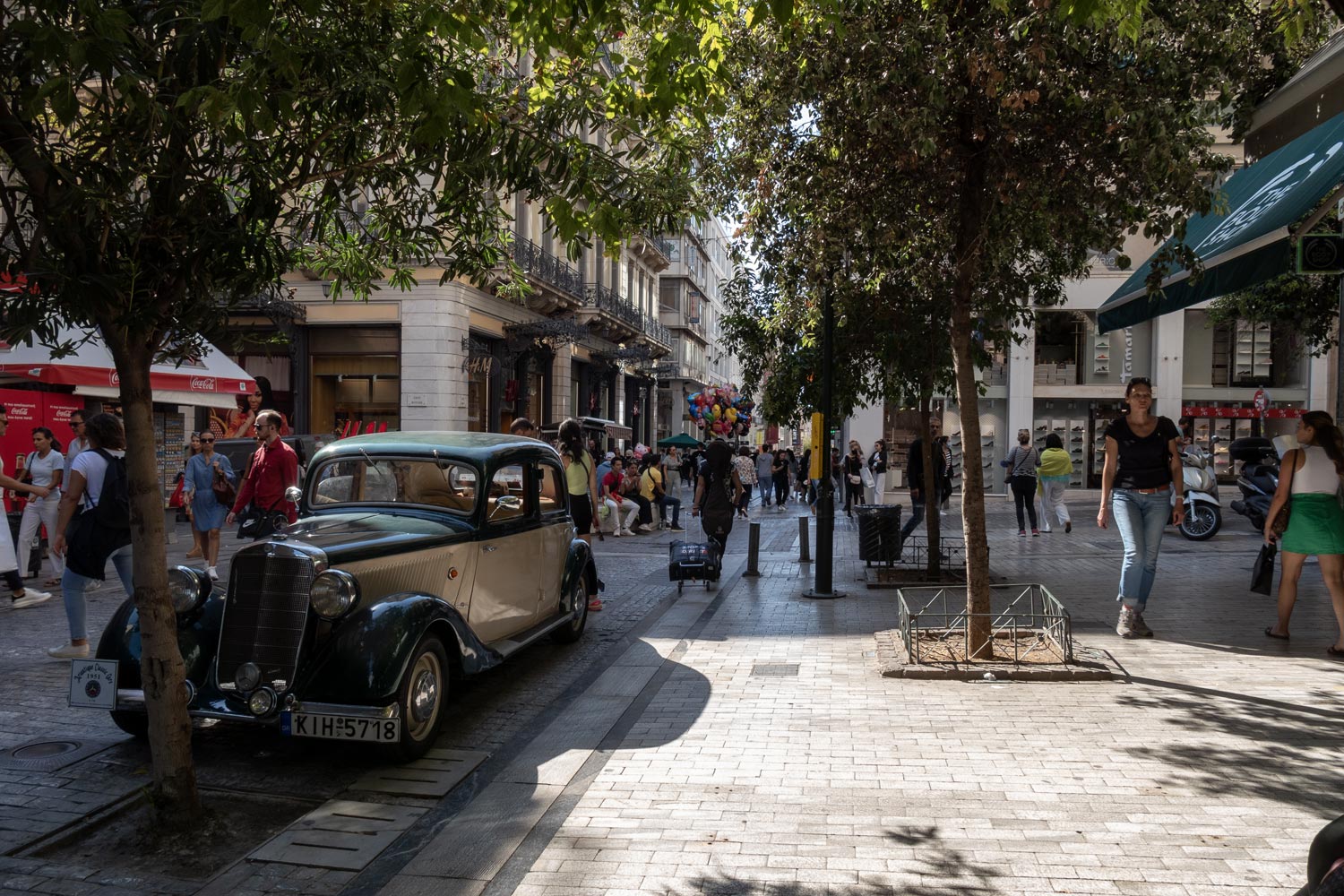
There are many interesting Greeks.

Here and there, you come across cozy cafes and snack bars.
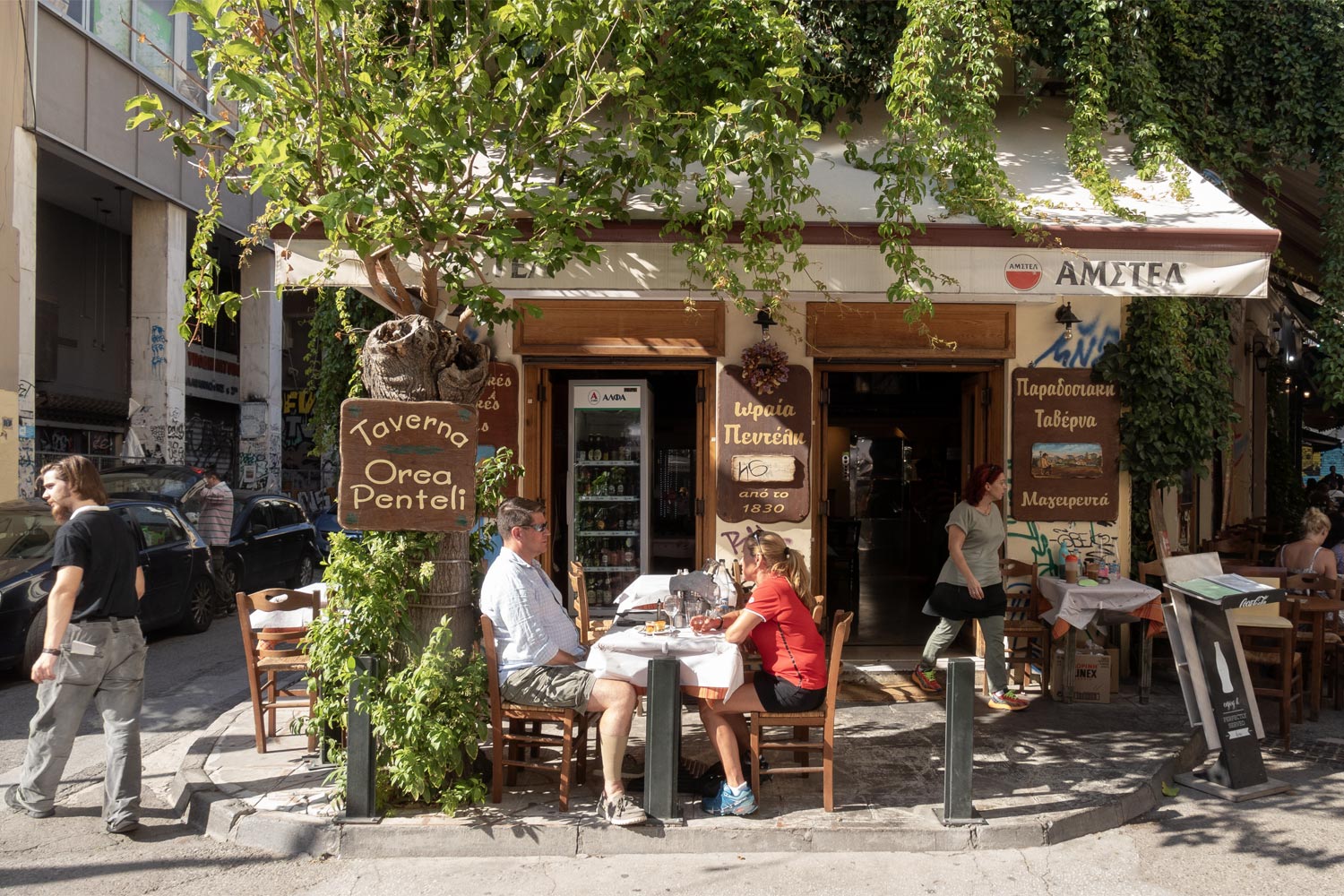
Sometimes cafes are open right on the slope of a hill. The Greeks came up with the idea of adjusting the table legs specifically for the slope so that plates wouldn’t slide down.
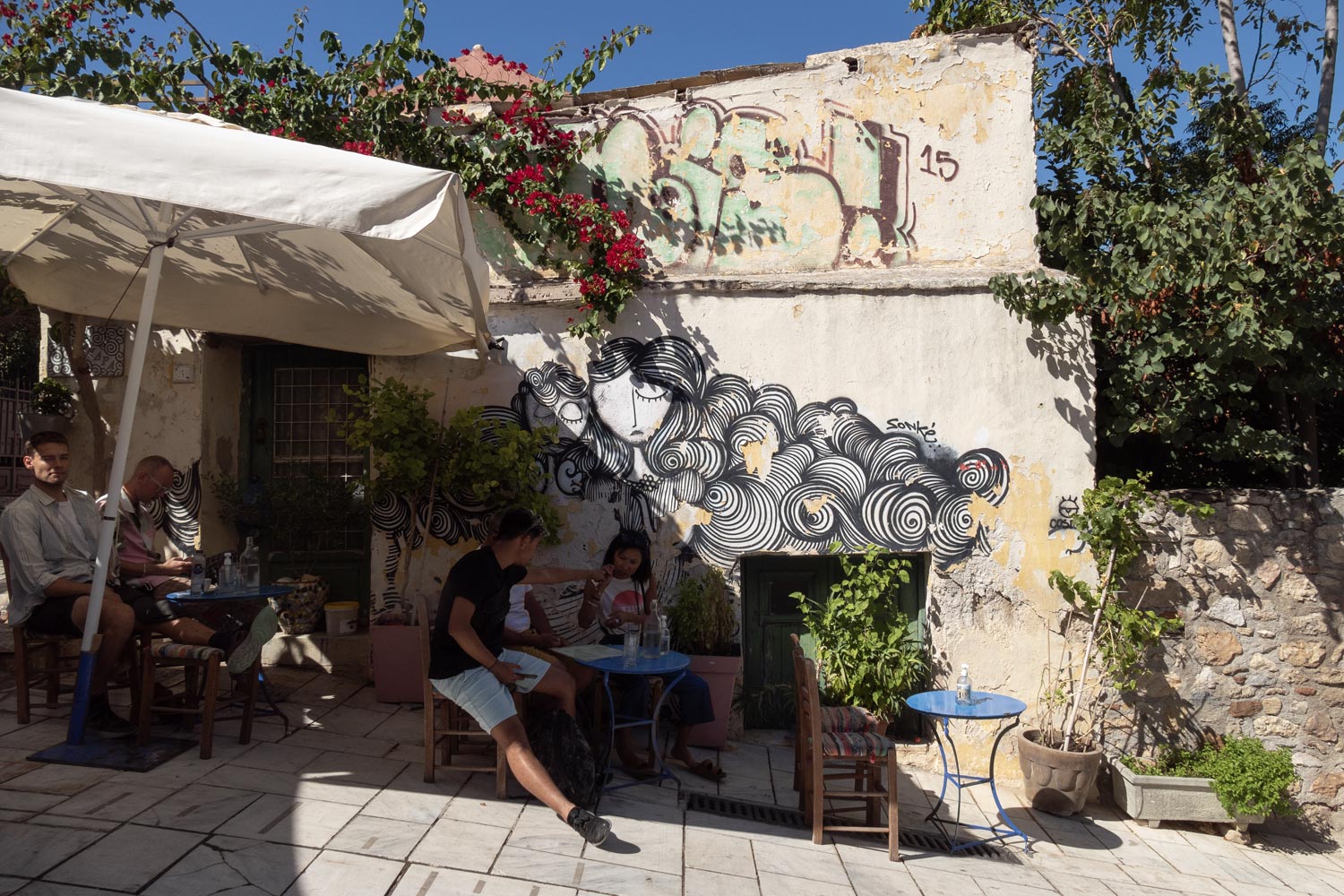
Sometimes, among the streets, you come across a temple, an arch, or some column. They may not be of particular interest, but they contribute to a nice atmosphere.
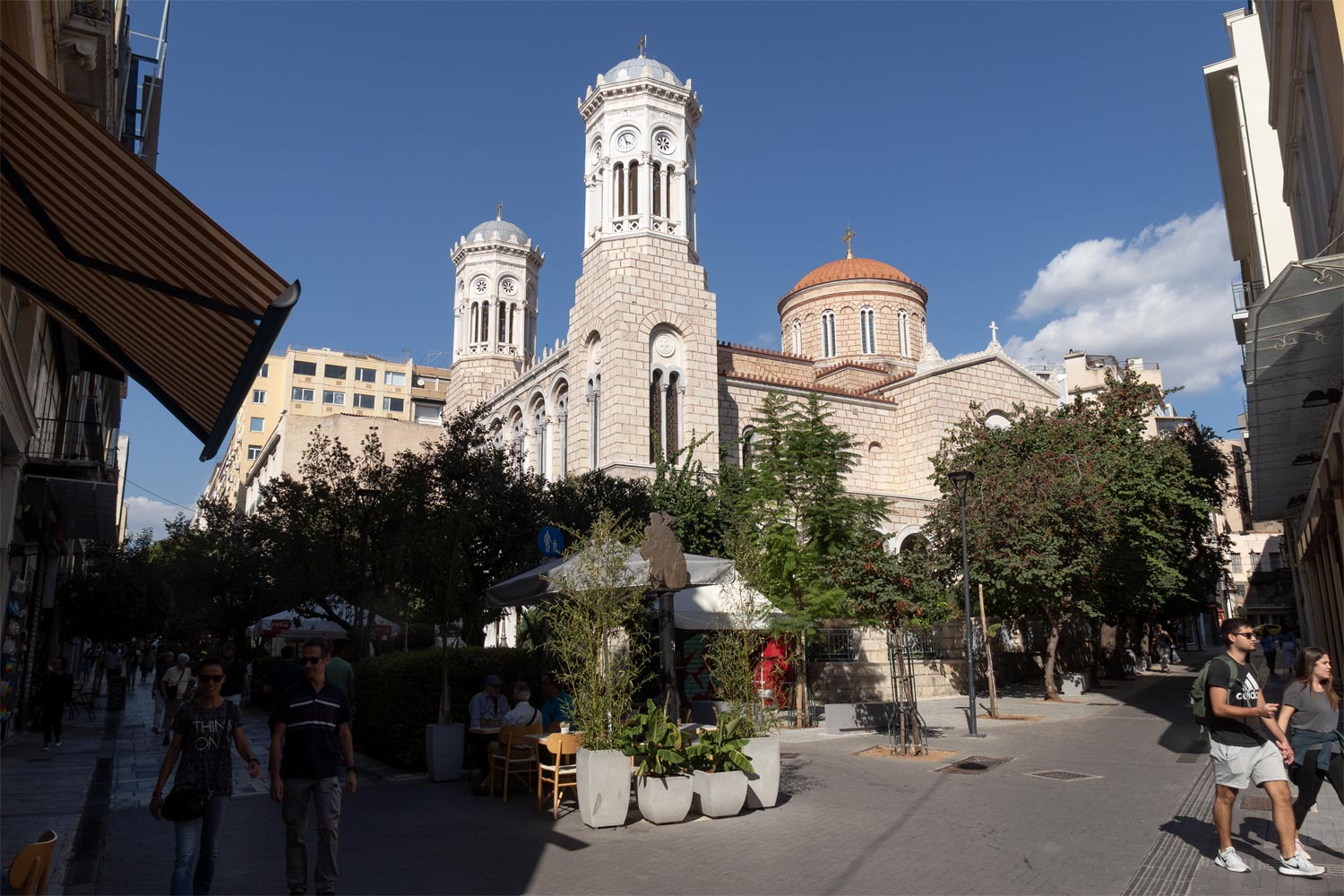
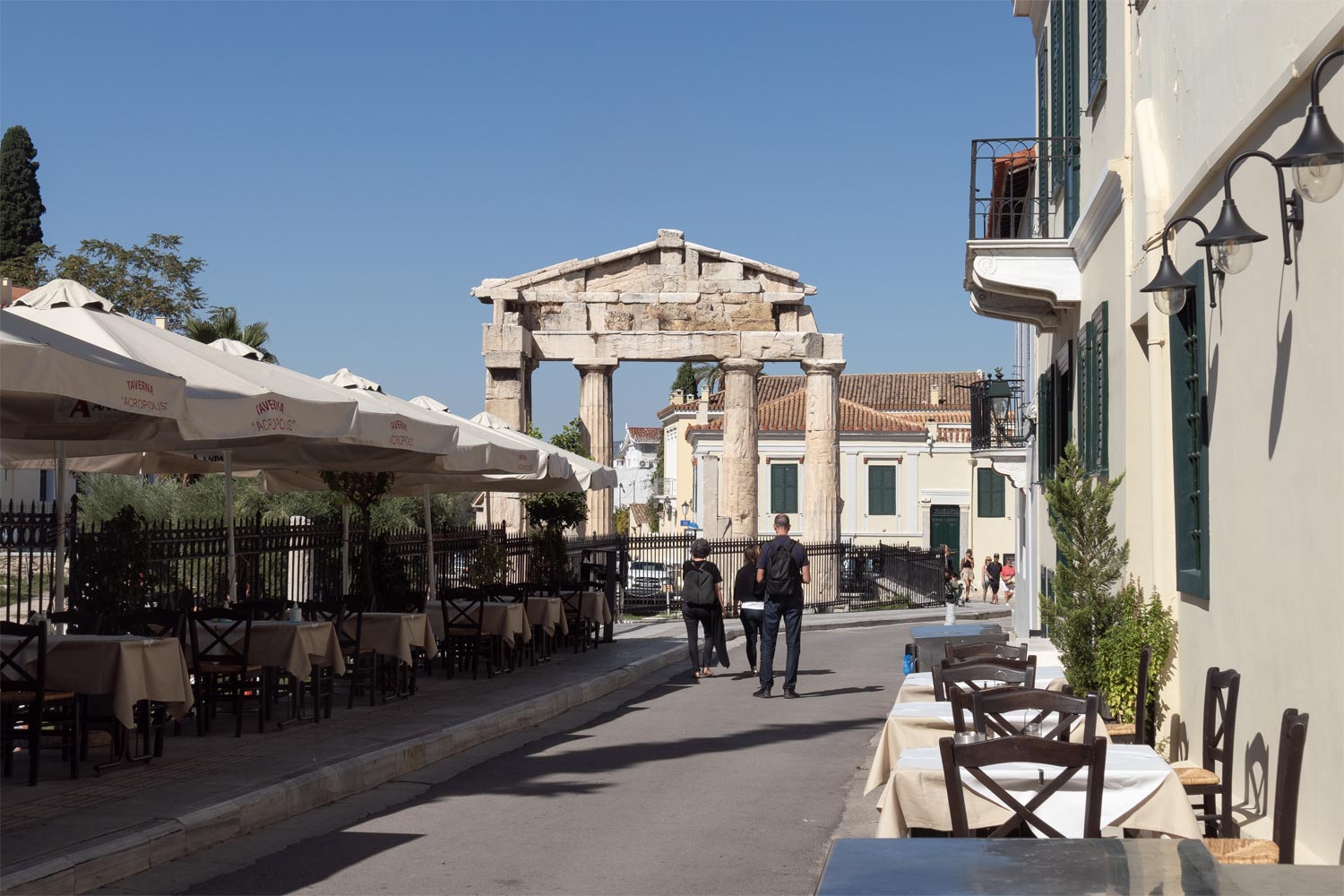
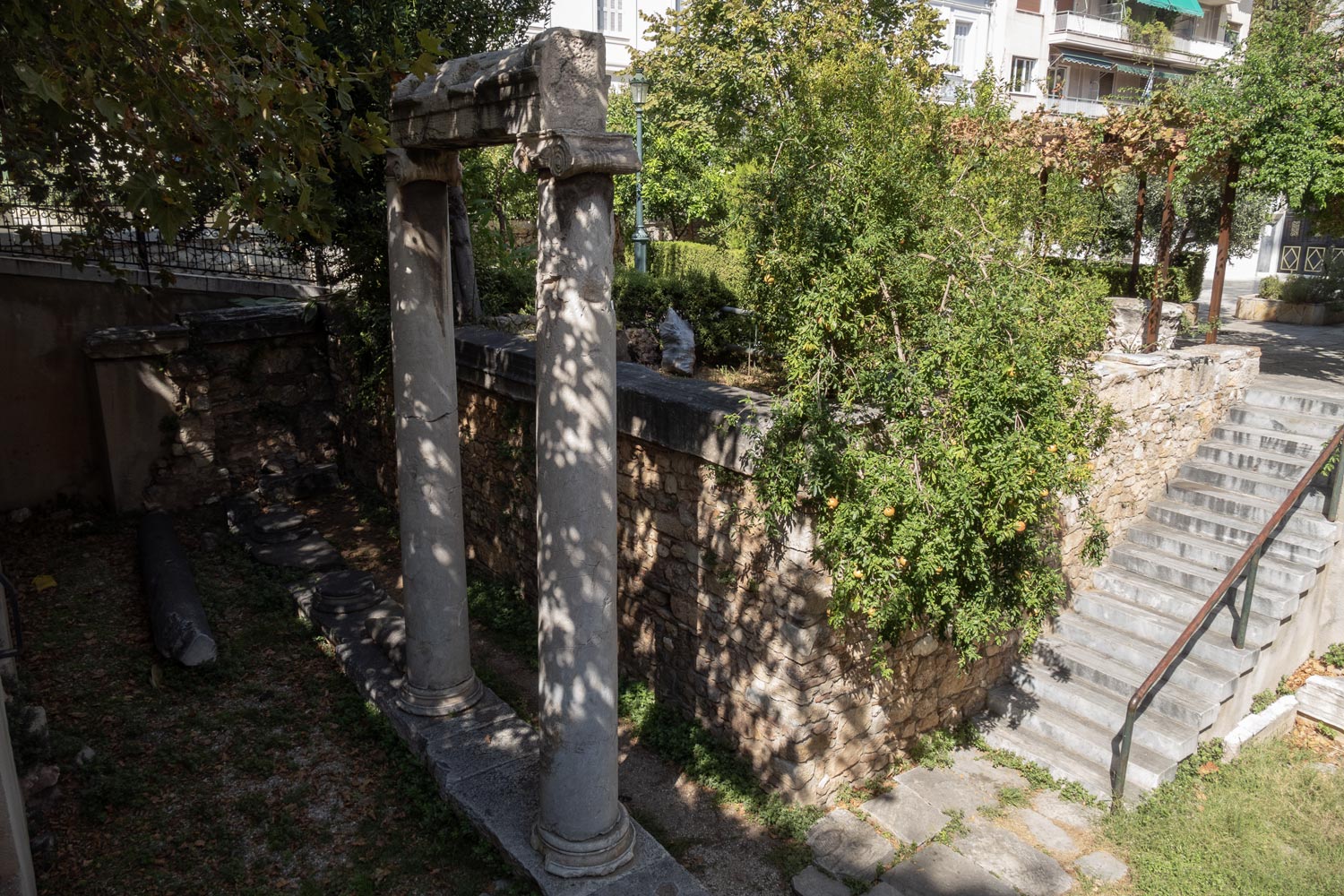
Greece is an Orthodox country, so icons are sold on every corner here.
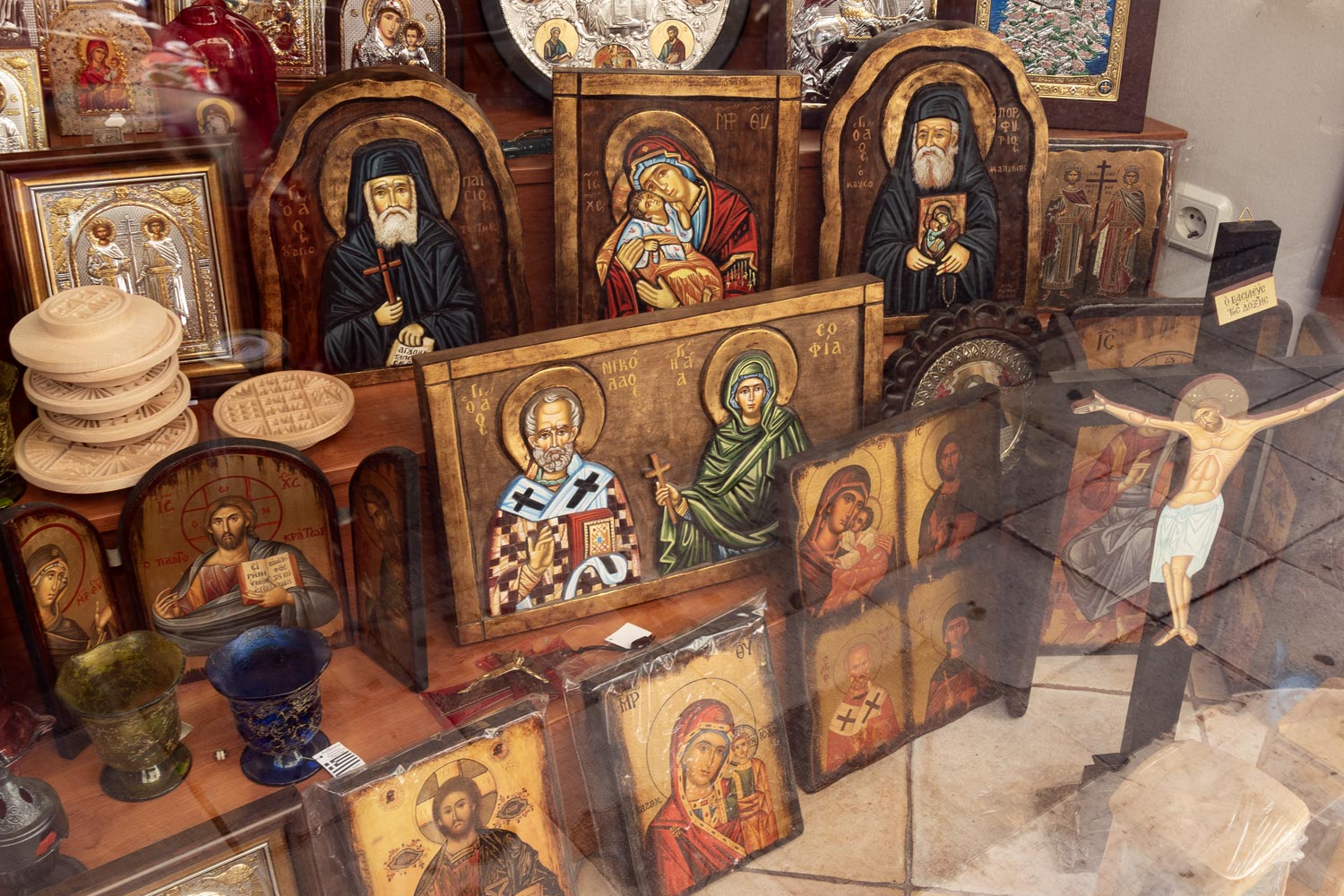
The Greek alphabet is very similar to the Cyrillic alphabet, but the language itself is incredibly far from Russian. Signs are practically impossible to understand without translation.
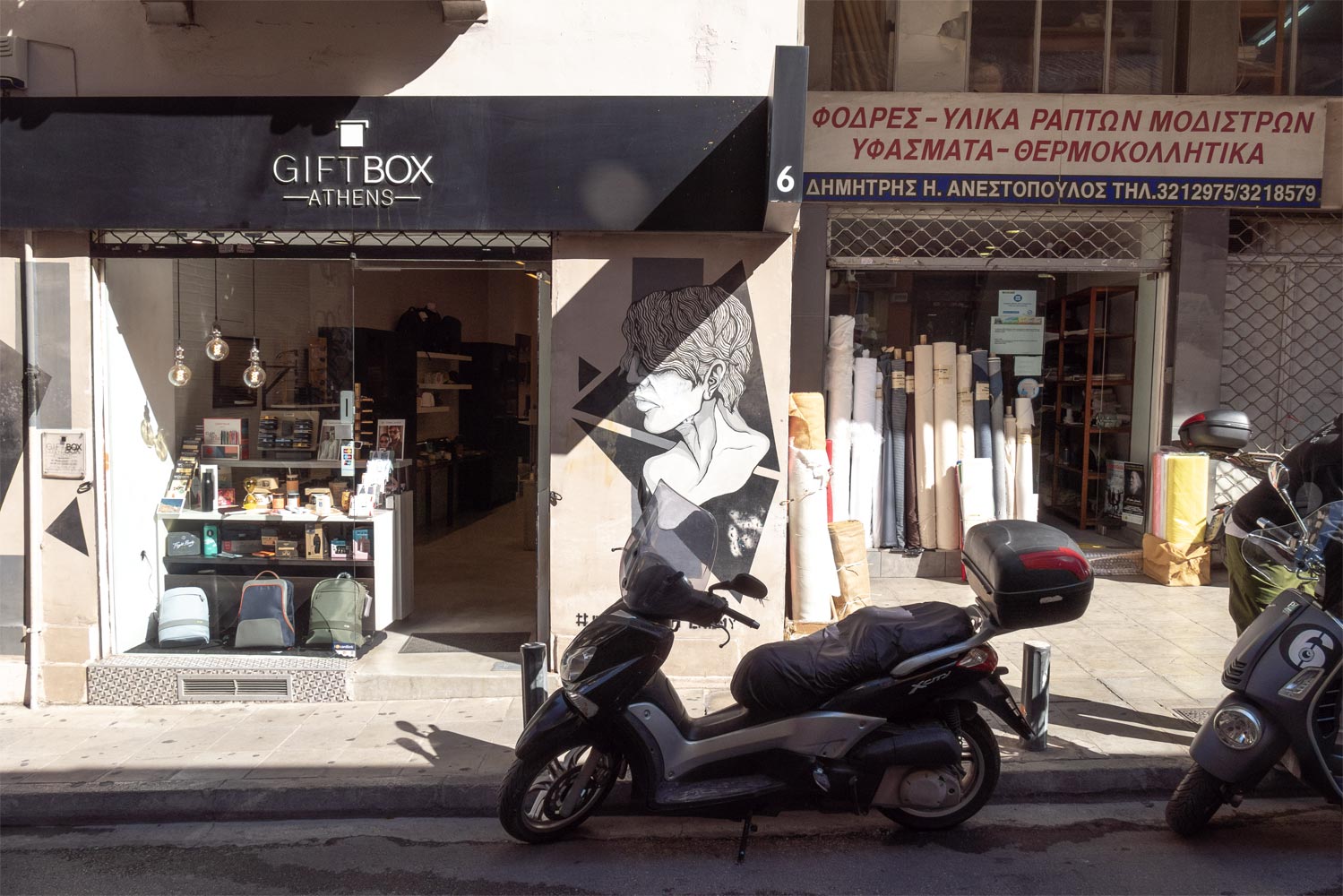
In some places, street telephones have been preserved. Museum exhibits now.
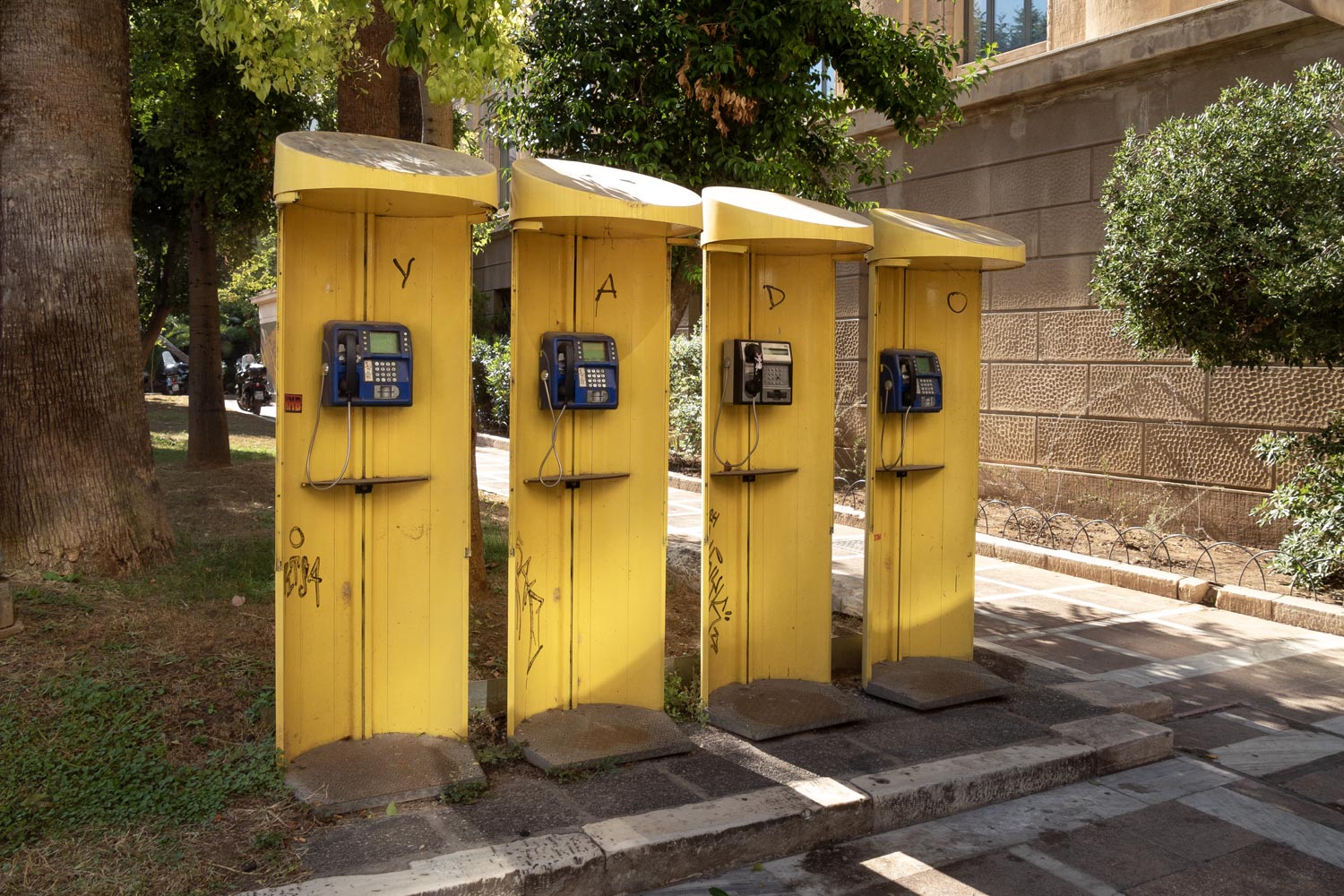
Greece is one of the poorest countries in Europe. In 2015, the country had a default, and unemployment reached 27%. Poverty in Athens may not be immediately noticeable, but if you look closely, you can see someone drying plastic bags on a balcony.
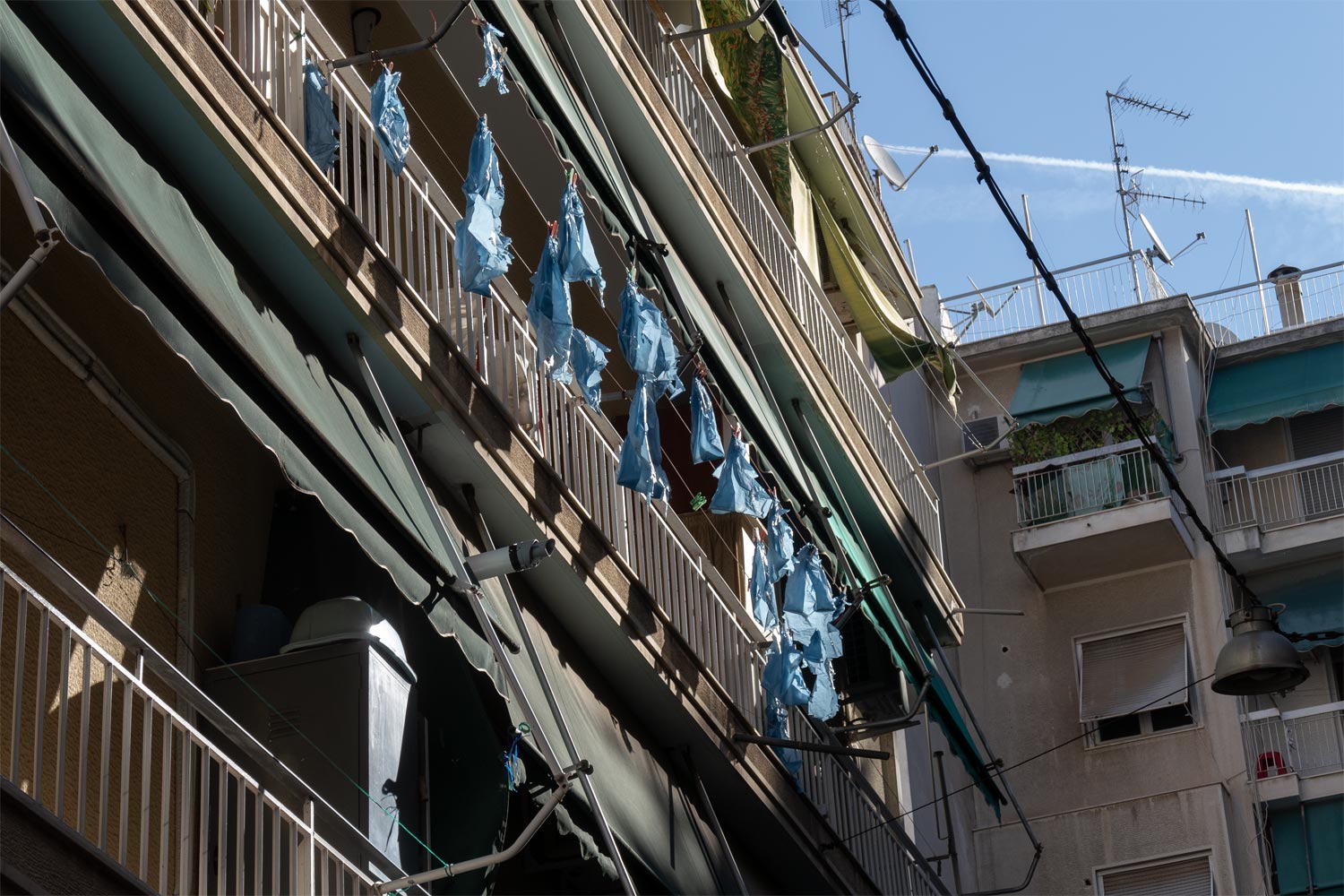
Greeks mainly live in low-rise buildings. Many balconies have canopies or awnings, and almost all windows have blinds. The sun is mercilessly here.
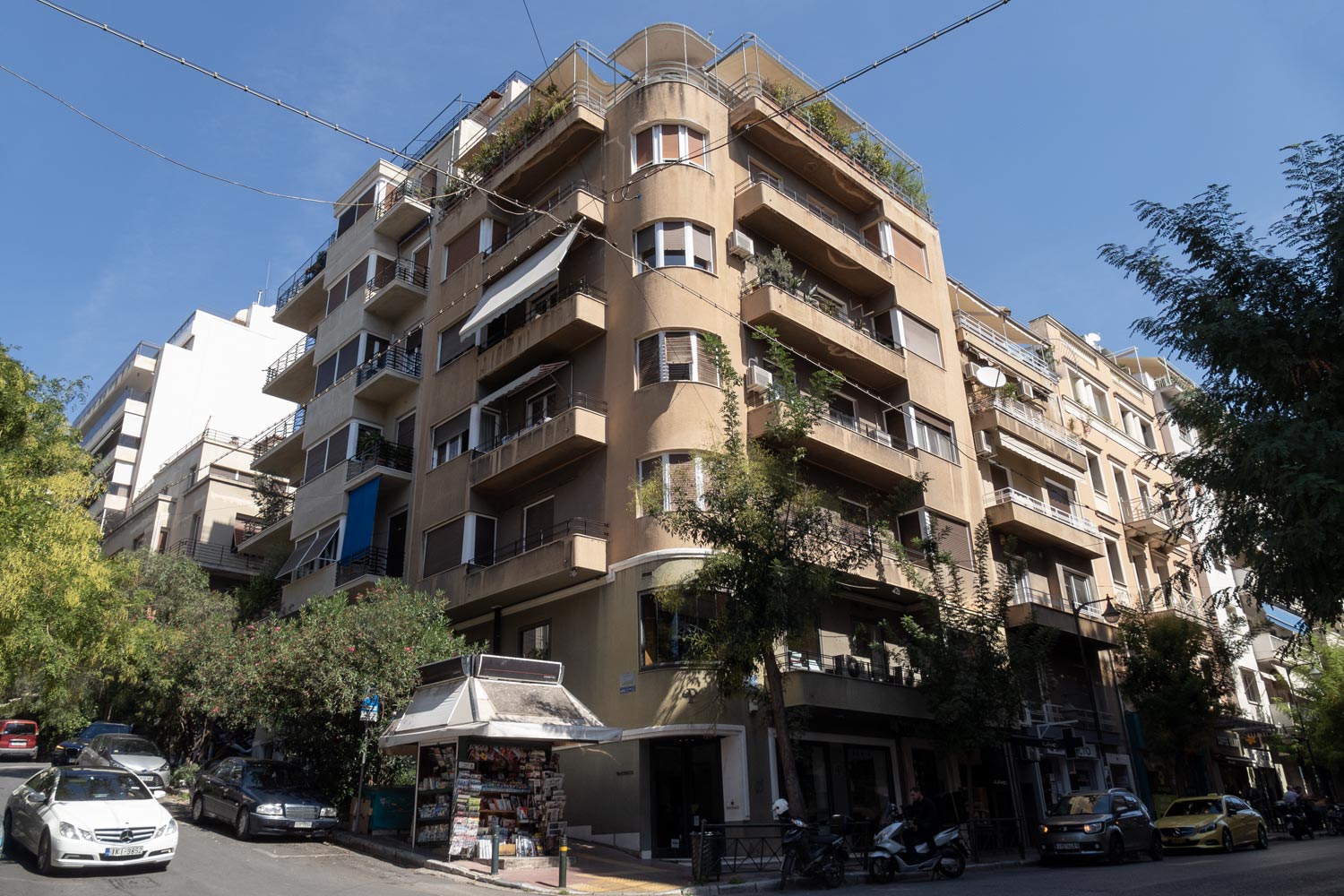
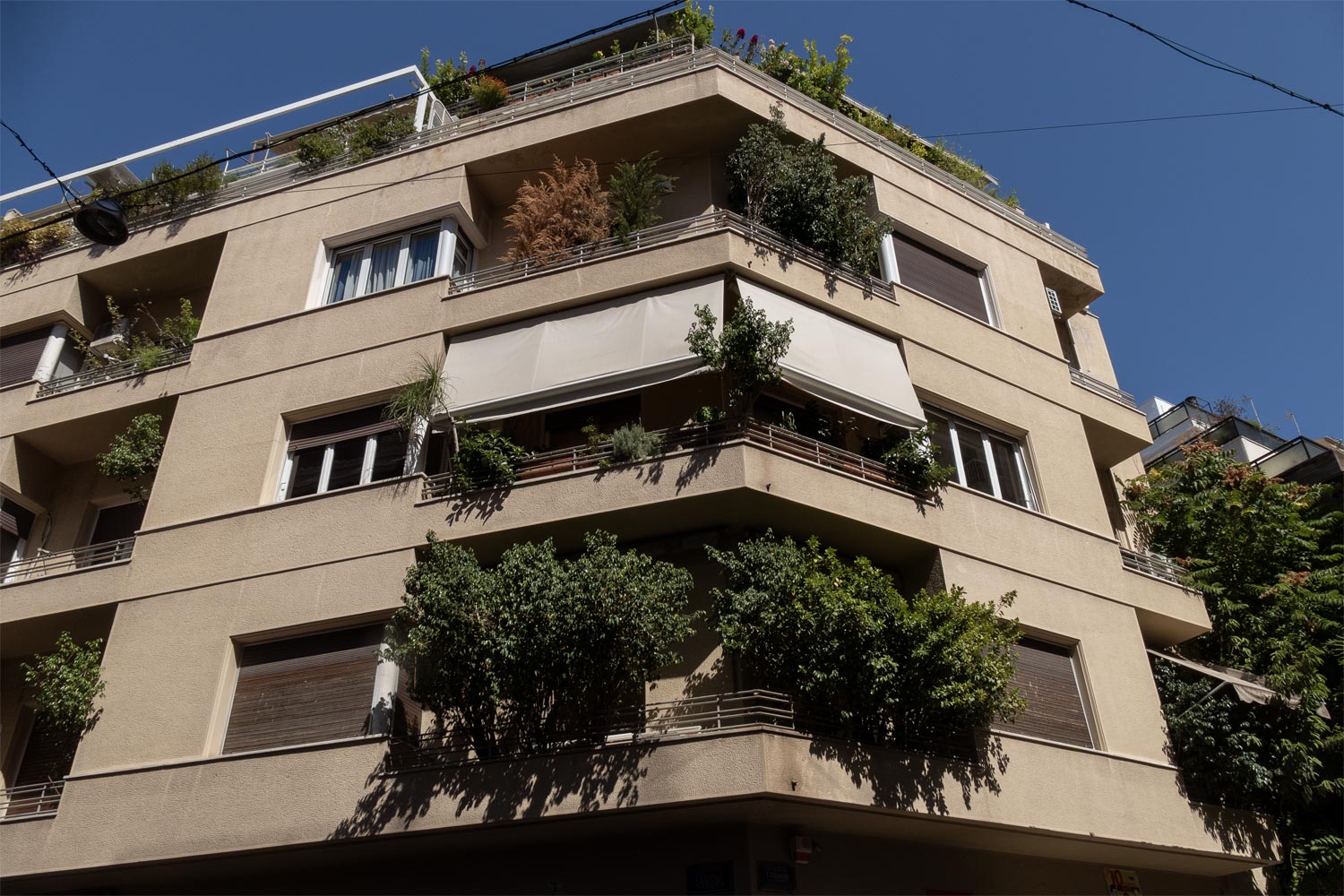
The streets in Athens are narrow and filled with cars parked in two rows.
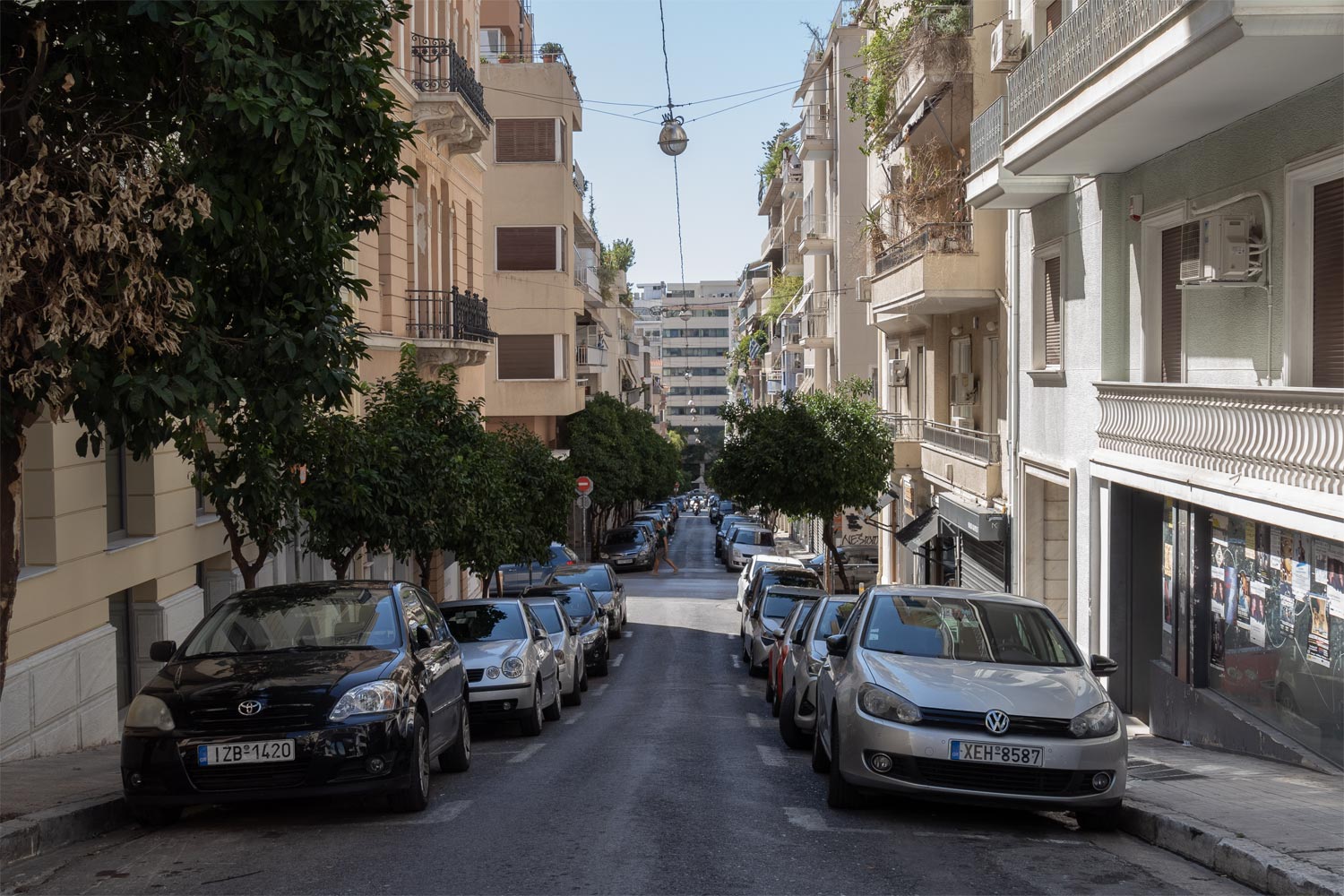
Athens has a metro system. The central stations are adorned with replicas of ancient statues.
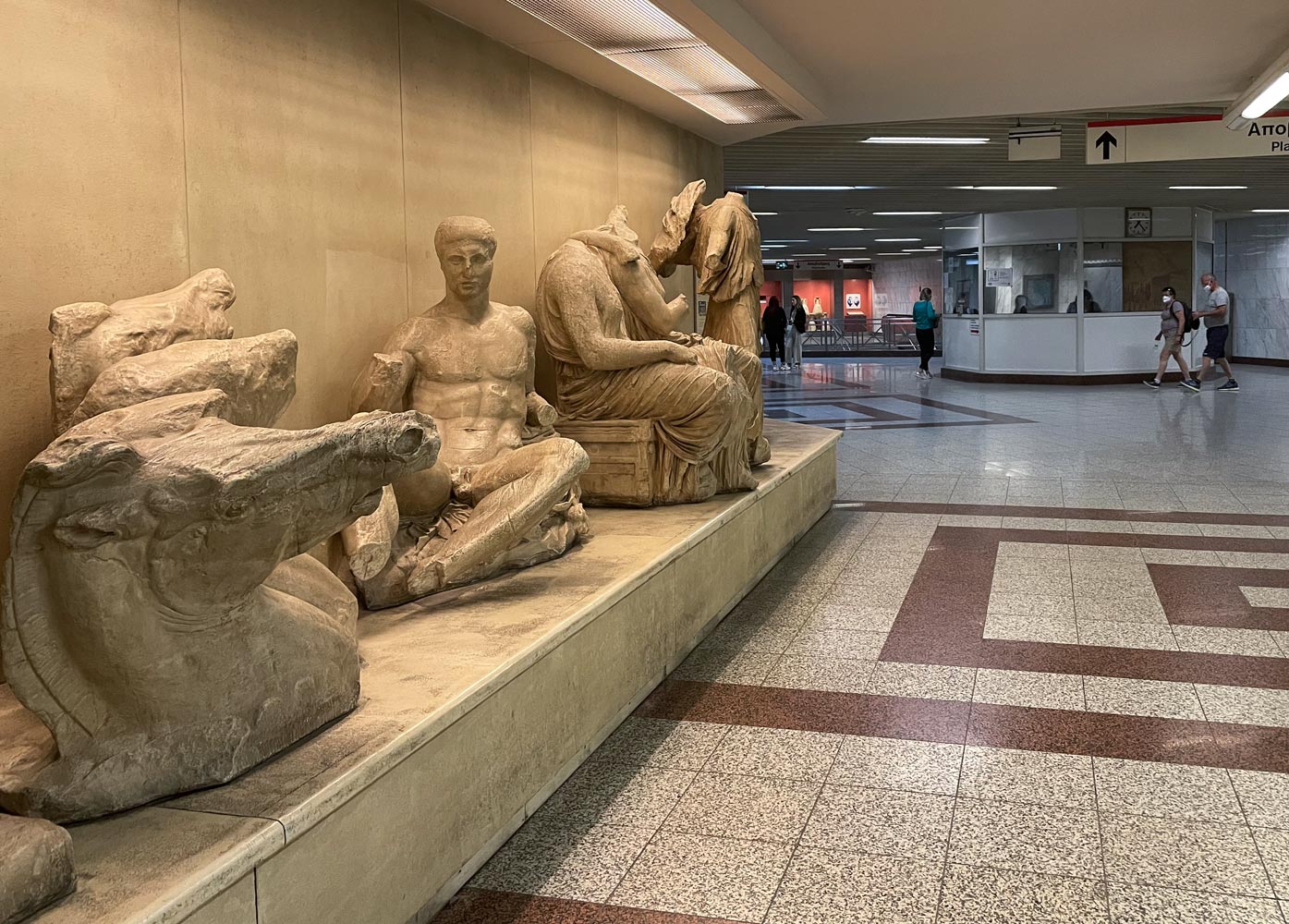
Sometimes you even come across an imitation of an ancient aqueduct.

An interesting place in Athens is the Greek Parliament.
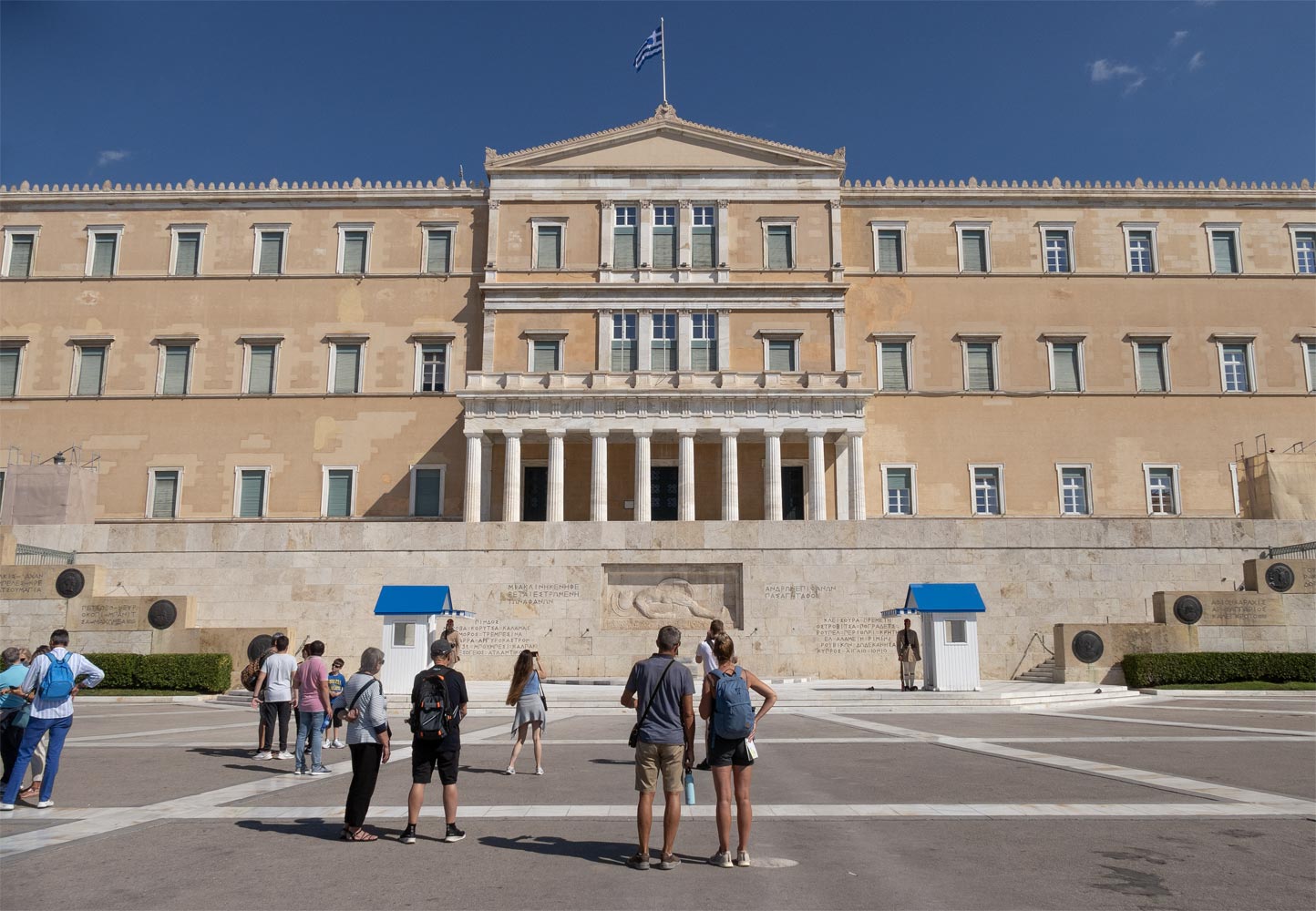
The building itself is not particularly interesting, but there is an incredibly sweet guard next to it.
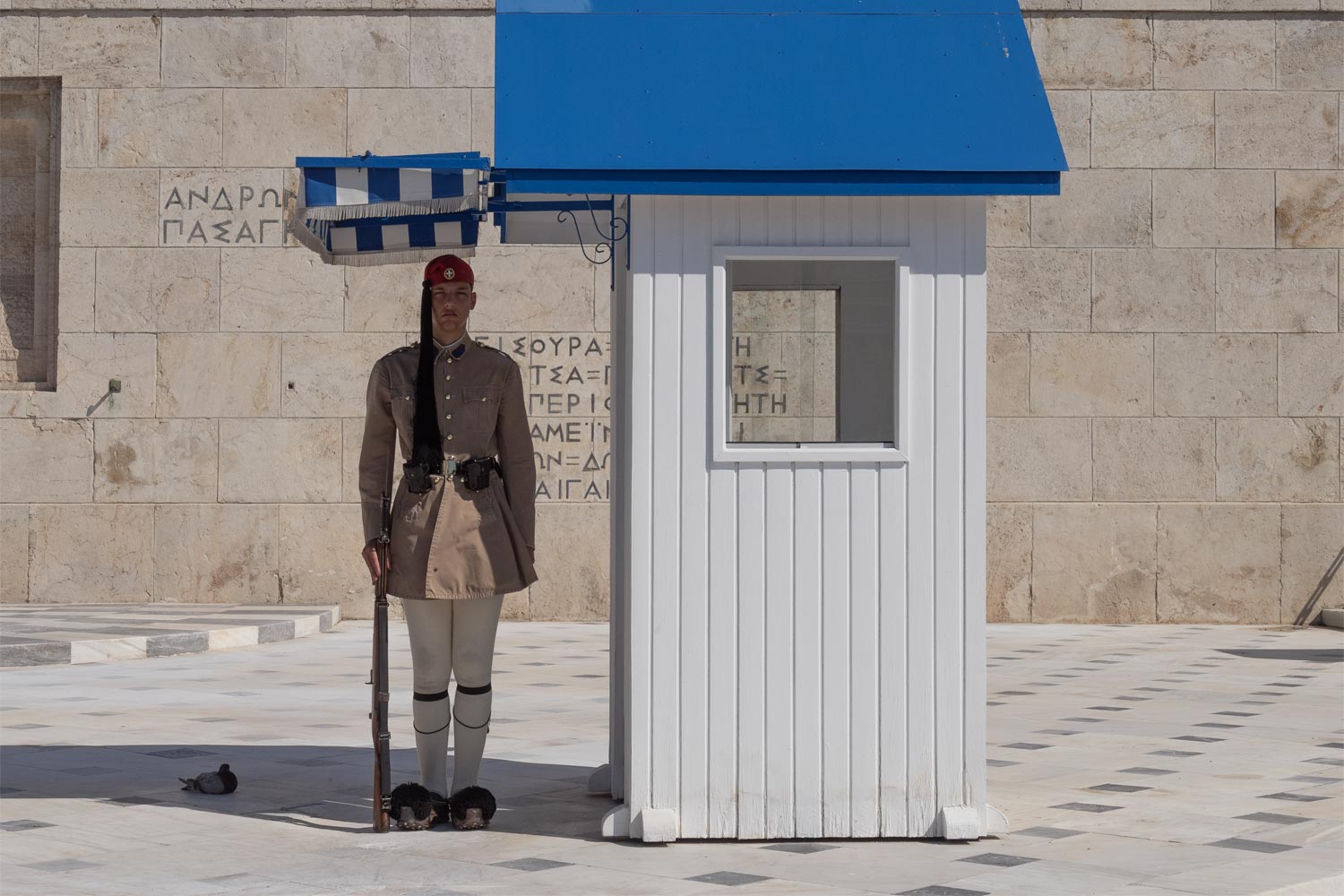
Every Sunday at 11, incredible crowds of people gather around the parliament. They all await the ceremonial changing of the guard.
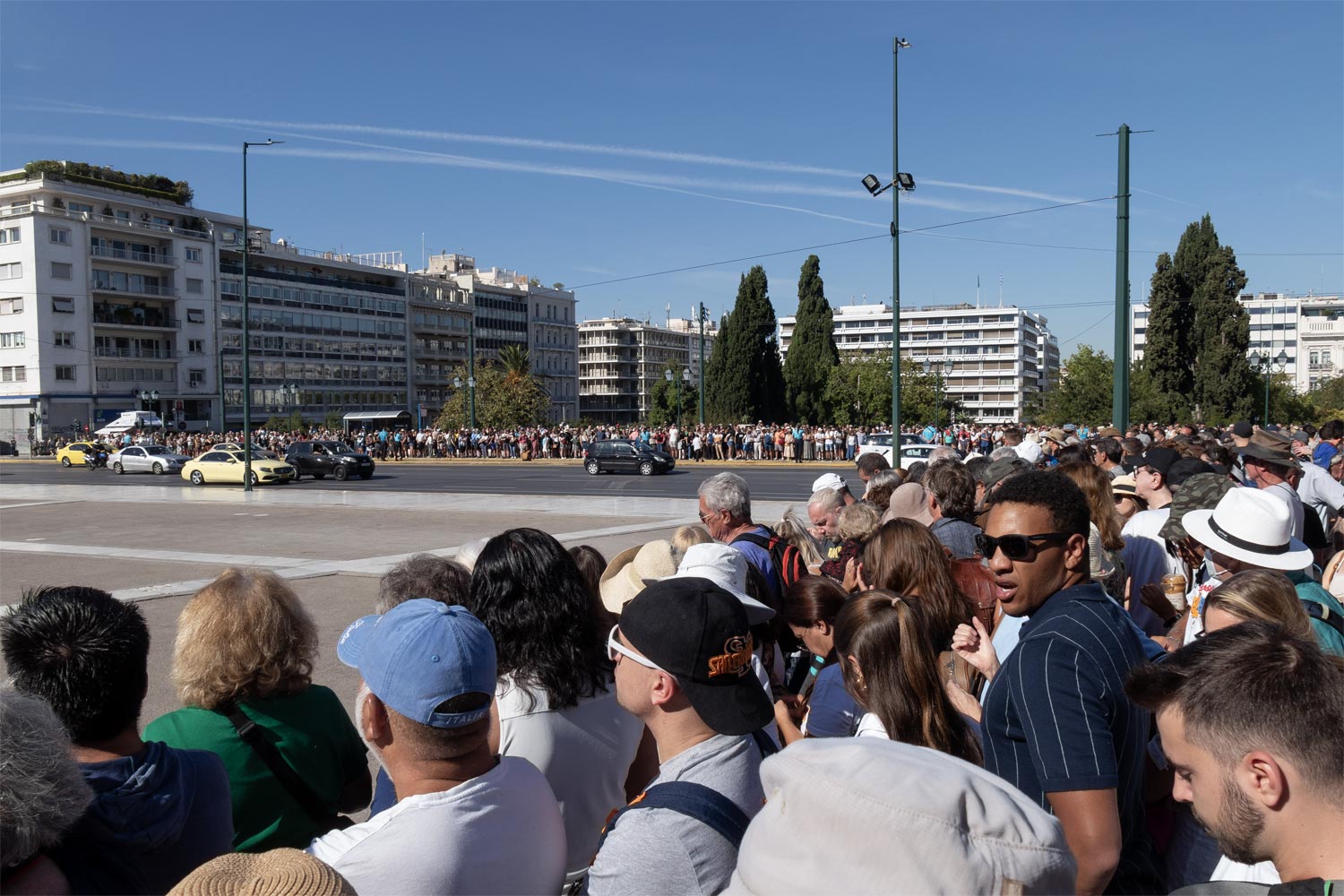
This is the funniest show in the world after the closure of the border between India and Pakistan.
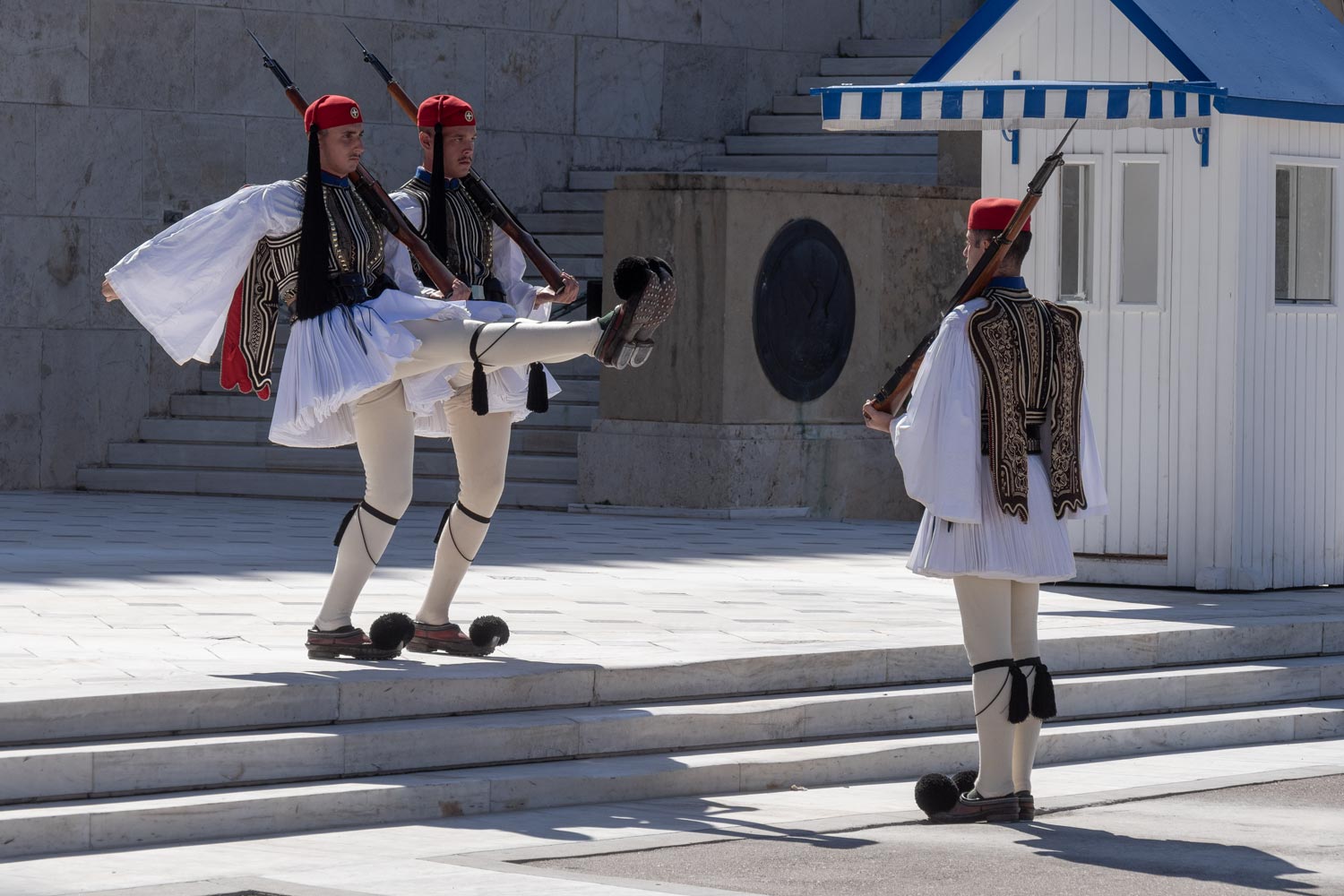
It is from here that the British comedy group “Monty Python” took the idea for their famous sketch “The Ministry of Silly Walks.”
Well, what else can be said about Athens?
What I see here, white and slick?
It’s a statue with no...
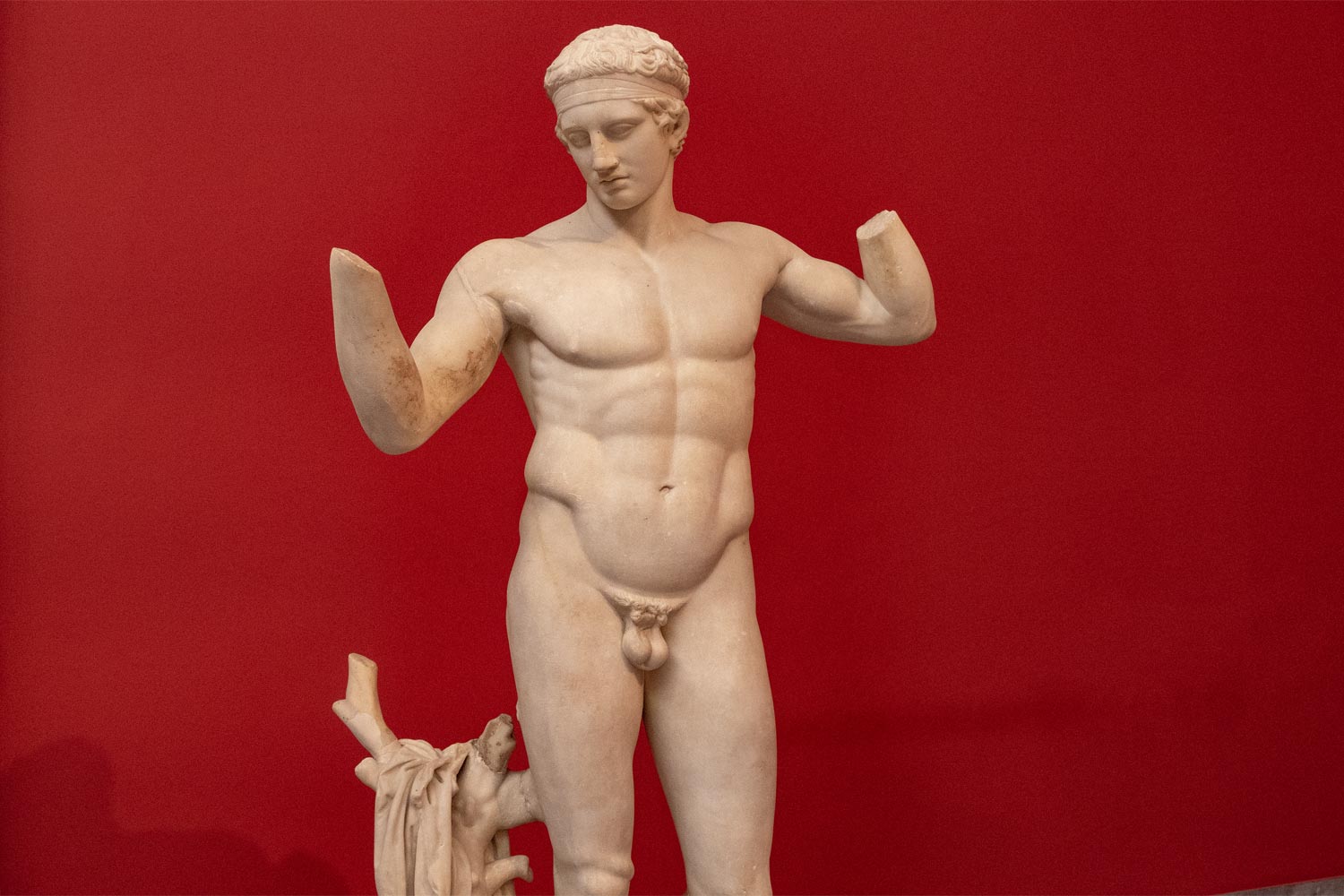
Don’t you spoil this story guys,
It’s a statue with no eyes!
